|
Gently rolling hills dominate the landscape of Tuscany, famous for its medieval towns, wine vineyards, striking cathedrals, and the birthplace of renowned artists such as Michelangelo, Botticelli, and Leonardo da Vinci. Amongst this beauty and history lies Montalcino, home to one of Italy’s most renowned wines, Brunello Di Montalcino. The village of Montalcino sits high up on a hill with vineyards sloping down into the valley. Montalcino is a small wine region comprised of 60,000 acres of olive groves, forests, and farmland, of which 3500 acres are devoted to wine vineyards. There are roughly 250 wineries here that produce Brunello di Montalcino. Brunello di Montalcino was awarded the first-ever DOCG designation (Denomination of Controlled and Guaranteed Origin) in 1980, and it is considered one of Italy’s most famous and distinguished wines. DOCG is the highest designation given under the Italian wine law. Brunello di Montalcino is made exclusively from the Sangiovese grape, (named ‘Brunello’ in Montalcino). The skin of the Sangiovese grape is thick and tends to deliver fruit-forward wine with bright acidity and high tannins. Of course, climate, soil, and production play a big part in the wine’s outcome. The climate in Montalcino is warm and dry, typical Mediterranean weather. Vineyards are planted up to 500 meters in elevation, with north-facing slopes experiencing a cooler microclimate and more winds. In contrast, the southern and western facing slopes are exposed to extreme sunlight and maritime breezes. The vines are planted in various soils such as limestone, clay, schist, volcanic soil, and galestro, which is schistous clay soil commonly found in most of Tuscany’s best vineyards. All of these elements contribute to the difference in quality, complexity, and character of the wine. Nestled amongst the hills in a setting worthy of a painting sits one of the original estates of Montalcino, Col D’Orcia, with a winemaking history that dates back to the 1700s. The estate’s name translates to “the hill overlooking the Orcia River” due to its position between the undulating hills of the Orcia River and Sant’Angelo in Colle. The estate was sold to the Cinzano family in 1973. The estate only had a few hectares of vineyards at the time of purchase. Count Francesco Marone Cinzano, who now owns and manages the estate, took over Col D’Orcia in 1992. He increased his father’s plantings from 70 hectares to 150+ hectares today. And 108 of those hectares are dedicated to Sangiovese. In 2010 they began the process of converting their vineyards to organic. By 2013 all wines were certified organic. And today, it is the largest certified organic vineyard in Tuscany and the third-largest owner of Brunello vineyards in Montalcino. The Count’s mission is to produce quality wines from these hills. He said, “Quality is the result of healthy fruit. We are not just winemakers; we are farmers. We grow grapes and practice biodiversity.” He pays his respect to mother nature and is always searching for excellence. His motivation to become organic was “not to change practices, but change the mindset of people by using a homeopathic and holistic approach; that is the greatest challenge to becoming organic. And the beauty of protecting this special environment is to pass it on to future generations.” As mentioned above, Brunello di Montalcino is made exclusively from the Sangiovese grape. DOCG Regulations require that Brunello di Montalcino age for a minimum of two years in oak wooden barrels and at least four months in bottle before release. The Riserva wine must age at least six months in bottle and is released a year later onto the market. And, the wine can only be bottled in the location where it is produced. I had the opportunity to taste the following wines with Count Cinzano. In addition to the five-star vintages of Brunello Di Montalcino, he included a bottle of Cabernet Sauvignon, another great vintage. All three wines are produced entirely with organically grown grapes farmed on the Col d’Orcia estate and bottled on location. Brunello Di Montalcino DOCG 2016 This is a blend of all the Sangiovese vineyards on the estate. The wine is aged three years in 25, 50, and 75 hl. Slavonian and French oak casks and a minimum of one year in bottle before release. (hl is a hectolitre and equal to 100 liters,) Nose: Floral, herbs, ripe red fruit, berries, and cherry notes. Palate: Lush red fruit with cherry, plum, spice, herbs, and licorice. Medium tannins with fresh acidity and a long finish. Alcohol: 14.5% SRP: $59.99 Poggio Al Vento Brunello Di Montalcino Riserva DOCG 2013 The grapes for this wine are sourced from a single vineyard planted in 1974 comprised of seven hectares called Poggio al Vento, which means “windy hill.” The vines are influenced by the sea winds and the special soils of marl and limestone. This wine is only produced in the best vintages and is the icon of the estate. The Count said that the 2013 vintage was small but exceptional. The wine was aged for three years in 25 and 75hl in Slavonian and French oak barrels and for three years refinement in bottle. Nose: Beautiful berry notes with spice, earth, and dark chocolate. Palate: Complex and well-structured with rich fruit, herbs, anise, and edgy tannins. The Count said, “The next ten years will show softness of tannins.” Alcohol: 14.5% SRP: $162.00 Olmaia Cabernet Sauvignon Sant’Antimo DOC 2015 The grapes for this 100% Cabernet Sauvignon come from a single vineyard, Olmaia, planted in 2005. The Count’s father originally planted Cabernet Sauvignon in 1984 on the hills of Montalcino, and the first harvest was in 1989. Sadly, his father passed away before the first vintage was produced. The Count remarked, “This wine expresses how special Montalcino is.” The wine is aged 18 months in new French oak barriques and a small portion in American barrels, then another eight months in bottle. Nose: Dark fruit, herbs, spice.
Palate: Rich and decadent with blackberries, black cherry, plum, herbs, spice, and chewy tannins (that will soften with aging.) A long and beautiful finish with notes of vanilla lingering. Alcohol: 14.5% SRP: $68.99 Count Cinzano said, “These are wines made to serve with food. It is the concept of drinkability and enjoying wines with food.” Here are some food pairing suggestions for the above wines: Aged cheese, meat dishes, stews, game, tomato-based pasta, grilled veggies, grilled portobello mushrooms, risotto with truffles, and dark chocolate for dessert. Until next time… Cheers and Buon appetito! Penina This article was originally published on Santé Magazine To leave a comment or if you have an inquiry, please contact me at [email protected] Some of you might know Casa Gancia, an iconic wine producer located in Piedmont, northern Italy. In addition to making sparkling and still wine, the Gancia family lays claim to producing the first Metodo Classico wine in Italy. So what does this have to do with Argentina and Orfila wines? In 1905, Spanish immigrant José Orfila founded his winery in Mendoza, Argentina, where he grew grapes and produced wines from premium vineyards. In the meantime, in the 1940s, part of the Gancia family, under the leadership of Camilo Gancia, emigrated to Argentina from Italy. They began planting vineyards in Mendoza, and by 1965, the Gancia family had over 2500 acres of vineyards in the Uco Valley, Lujan de Cuyo, and Maipú. In 2010, the Gancia family acquired the Orfila winery and merged the winemaking traditions of both families. The unique terroir of this wine region combined with European traditions is the essence of Orfila wines. Juan Ruiz, export director for Orfila, said, “Orfila is a story of family winemaking tradition and some of the finest vineyards in Mendoza. We make wines that reflect the great character and quality of the vineyards, and we make them in a style that is easy to enjoy, with beautiful fruit structure and round tannins.” Over 70% of all Argentine wine is produced in Mendoza, and of that amount, approximately 85% is Malbec. Mendoza is located in the eastern foothills of the Andes, where the climate is dry and continental, making it an ideal environment for these high-altitude vineyards during the grape-growing season. Mendoza has several sub-regions that include Luján de Cuyo, Maipü, and the Uco Valley. See the map below. The Orfila vineyards are located in three sub-regions of Mendoza, Uco Valley, Luján de Cuyo and Maipú. Luján de Cuyo and Maipú are among the best areas in Argentina for making wines. The altitude range is 2625 ft. to 2953 ft., with average temperatures of 46 to 73 degrees. Uco Valley, where Orfila’s most prized vineyards are located, has an altitude range of 3280 ft. to 5250 ft., with average temperatures of 44 degrees to 71 degrees. The high elevations in these regions are beneficial to the grapes due to the high daytime temperatures and cooler nights. This diurnal temperature variation contributes to slowing the ripening process, extending the growing season, and allowing the grapes time to produce balanced sugar and acidity. Alluvial soil dominates the Mendoza wine region with loose sand over clay, allowing good drainage. “We try to preserve what the vineyards give us,” explains Orfila winemaker Guillermo Chavero, who credits the ideal and moderate microclimates, soils, and elevation for the distinctive characteristics of Orfila wines. He adds, “The growing conditions in Mendoza create little need for human intervention. There is a natural balance of the right amount of stress on the vines, which results in wines with beautiful fruit structure and round tannins.” That being said, he is committed to creating easy-to-drink wines crafted in the finest European tradition. The Gancia family practices state-of-the-art winemaking and growing practices. All vineyards are organically farmed, and certification is in process. Biodynamic farming techniques are also employed in some vineyards. The following Orfila wines reflect the elegance and “two winemaking worlds” this wine region offers. Orfila Estate Selection, Cabernet Sauvignon 2020
The grapes for this 100% Cabernet Sauvignon are sourced and hand-harvested from vineyards in Luján de Cuyo, Maipú, and La Consulta-San Carlos (Uco Valley.) 70% of the wine is aged for six months in French (70%) and American (30%) oak barrels. A final blend is assembled through a careful barrel selection and then bottle aged for three months. Nose: Red and black fruit, spice, smokey notes, and a hint of floral. Palate: Red and black fruit, raspberry, earthy with round tannins and fresh acidity. Alcohol: 13.9% SRP: $15 Orfila Estate Selection Malbec 2019 Grapes for this 100% Malbec are sourced and hand-harvested from vineyards in Luján de Cuyo, and Maipú. 70% of the wine is aged seven months in French (70%) and American (30%) oak barrels. A final blend is assembled through a careful barrel selection and then bottle aged for three months. Nose: Lots of dark fruit, berries, and plum. Palate: Ripe dark fruit, juicy plum, red berries, spice, with crisp acidity and smooth tannins. A touch of anise and dark chocolate linger on the finish. Alcohol: 13.9% SRP: $15 Orfila Malbec Reserva -Uco Valley 2018 This is Orfila’s signature Malbec. Grapes are sourced and hand-harvested from vineyards in Uco Valley and Luján de Cuyo. 80% of the wine is aged for 12 months in French (70%) and American (30%) oak barrels. A final blend is assembled through a careful barrel selection and then bottle aged for four months. Nose: Lush dark fruit, floral, cherry, and baking spice. Palate: Aromas segue onto the palate with mild tannins and integrated acidity. Pepper and blackberry linger on the finish. Alcohol: 13.9% SRP: $20 The above wines will pair nicely with roasted or grilled meat, poultry, seared tuna or salmon, hearty stews, aged cheese, or pasta. Until next time… Cheers! Penina To leave a comment or if you have an inquiry, please contact me at [email protected] One doesn’t need to be in Tuscany to savor Tuscan wines and indulge in the creative cuisine of this beautiful region. Just follow the directions below to create a touch of Tuscany, and you’ll be swirling, sipping, and eating in no time! Chianti Classico DOCG appellation is located in the heart of Tuscany and is the most esteemed and ancient area in the Chianti winemaking zone. Tenute Piccini/Piccini1882 is a Tuscan winery owned by the Piccini family, who have worked in the Chianti Classico area since 1882. Mario Piccini is the CEO and fourth generation of the family. What began with seven hectares in Chianti Classico has now expanded to five estates here, in addition to acquired vineyards in Basilicata and Sicily. Today’s focus is on three Chianti Classico DOCG wines produced from the Fattoria di Valiano estate located in the heart of the Chianti Classico production area in Castelnuovo Beradenga, and home to the Piccini family. Piccini has 200 hectares of land here, of which 75 hectares are vineyards. They are all cultivated organically and certified as such from the 2018 harvest. The soils are mostly clay and stone, with the exception of the Poggio Teo cru, which is sand and stone. These three wines are an authentic expression of the grapes and terroir of Chianti Classico. And they evoke the passion and love that the Piccini family pours into each bottle. “Everything I do is driven by an irrational desire to relive that moment and to share with others the joy and wonder that a glass of perfection can provoke.”—Mario Piccini Valiano Poggio Teo Chianti Classico DOCG 2019 This wine is 90% Sangiovese and 10% Merlot. Grapes are sourced from the Poggio Teo cru that sits about 350 m above sea level. The wine ages for three months in barriques, nine months in large oak barrels, and three months in bottle. Nose: Soft floral, cherry, and spice Palate: Generous and fresh with red berry and cherry notes, plum, spice, and a touch of herbs. Tannins and acidity are beautifully integrated. Alcohol: 13.5% SRP: $28 Pairings: Aged cheese, roasts, stews, risotto Valiano Poggio Teo Riserva Chianti Classico DOCG 2018 The grapes for this 100% Sangiovese are sourced from the Poggio Teo cru that sits about 350 m above sea level. This is the only vineyard in Valiano characterized by a sandy texture with a good presence of sandstone. Aging takes place in large French oak barrels for 18 months and 12 months in bottle. Nose: Dark berries, cherry, herbs, and a hint of baking spice. Palate: Aromas segue onto the palate with notes of minerality and a lovely balance of sweet and savory. Alcohol: 15% SRP: $26 Pairings: Grilled meat, game, hearty stews, pasta, aged cheese. Valiano 6.38 Gran Selezione Chianti Classico DOCG 2018 This is a blend of 90% Sangiovese, 7% Cabernet Sauvignon, and 3% Merlot. Grapes are sourced from vines planted in 1998. Wine is aged 18 months in 10-20 hl French oak barrels for the Sangiovese, 18 months in barriques for the Cabernet and Merlot, and six months in bottle. Nose: Violets, plum, dark berries, cherry, and sweet spice. Palate: Lush notes of juicy blackberries, plum, dark cherry, anise, and pepper, with smooth tannins and a long, intense finish of spice and dark fruit. Alcohol: 14% SRP: $25 Pairing: Aged cheese, truffle or mushroom risotto, meat, lamb, pasta with red sauce. Hopefully, I have aroused your curiosity with these wines, and you are now ready to pair them with some authentic Tuscan cuisine. Tuscan Women Cook: Nonnas. Memories. Recipes cookbook is a wealth of generational recipes put together by Coleen Kirnan with Rhonda Vilardo. The recipes were shared by the nonnas of the village of Montefollonico and neighboring towns. The book has over 50 delectable recipes along with photos, stories, and many tips. Here are two mouthwatering recipes. (The recipes and photos below are reprinted with permission from Tuscan Women Cook cookbook by Coleen Kirnan. Copyright www.TuscanWomenCook.com) Crespelle di Funghi (Mushroom Crepes) Carré di Agnello (Rack of Lamb) So, if traveling to Tuscany isn’t in the cards right now, then let your palate take a trip and enjoy some Tuscan wine and food without leaving home! Until next time… Cheers and Buon Appetito!
Penina Whether celebrating Easter, Passover, or a “just because” moment, I have a few wines and recipes to grace your table and please your palate. Easter Jean-Luc Colombo Cornas “Terres Brûlées” 2018 Jean-Luc Colombo winery is located in the northern appellation of Cornas in the Rhône Valley, France. Cornas is the smallest appellation in the Rhône Valley, consisting of approximately 325 acres, and is dedicated to producing only red wine from the Syrah grape. The Mediterranean climate and decomposed granite soils contribute to the richness and character of these wines. Terres Brûlées means “burnt earth,” which refers to the long hot days balanced by the cool nights. Grapes for this 100% Syrah are hand-harvested from 30+ -year-old vines. The wine is aged 21 months in oak barrels (10% new, 90% one-to-five-year old barrels). Nose: Dark cherry, dark berries, plum, and baking spice. Palate: Rich with blackberry, plum, and black cherry, reminiscent of exotic jam. Notes of vanilla, cocoa, spice and a trace of minerality linger on a long finish. An exceptional wine! Alcohol: 14.5% SRP: $63.99 Pairings: Roasted white meat, game, lamb, seared tuna, and hearty stews. I was seven years old the first time I tasted lamb and after that I insisted that my mother make lamb chops for me at least once a week. Seven years later, our family was invited to a traditional Greek Easter meal where I feasted on leg of lamb for the first time. I was hooked! Roasted Leg Of Lamb With Vegetables (serves 8 to 10) The beauty of this recipe is that you can add any vegetables you like to the pan. My favorites are small potatoes, baby carrots, and onions. Ingredients: One 5 to 6 pound trimmed bone-in leg of lamb 4 to 5 garlic cloves minced One tablespoon of olive oil Chopped fresh parsley, thyme, rosemary (a tablespoon of each) One tablespoon of Dijon mustard Kosher salt and pepper to taste. Cut up veggies such as new potatoes, carrots, zucchini, and onions. Directions: Line a large roasting pan with aluminum foil and preheat the oven to 350℉. Pat lamb dry and using a sharp knife, score the top side of the lamb, making shallow cuts all over. Combine the rest of the ingredients in a small bowl. Place lamb fat side up on a rack in the prepared roasting pan. Spread the garlic mixture evenly over the lamb, making sure to rub it into the scored cuts. (I like to use my hands to rub the mixture into the lamb.) Add a small amount of dry white wine to the bottom of the pan, and then add cut-up vegetables of your choice. Place pan in preheated oven and roast until it reaches an internal temperature of 135℉ or until desired doneness. Occasionally baste the vegetables and add more liquid to the pan if necessary. Let rest 15 to 20 minutes before slicing. Note: Consult a chart for roasting time per pound to achieve doneness as to rare, medium-rare, etc. Passover Having sat through many family seders growing up, I endured the wine that was always served. It was a sickeningly sweet wine that managed to insult my palate even in my early youth. There had to be a better kosher wine! And over time, wine producers began making quality kosher wine. Alavida Malbec Organic and Kosher 2021 This 100% Argentine reserve-level Malbec is the latest release from Origins Organic Imports, owned by Anne Bousquet and her husband, Labid al Ameri. who also own Domaine Bousquet. They have been producing certified organic wines since 1997. This wine is USDA-certified organic and kosher, a first from Argentina. “Alavida” is a riff on “to life” in Spanish - itself a riff on the traditional Hebrew toast “L’chaim!”. Grapes for this wine are sourced from vineyards in the Andean foothills at 4000+ feet. 90% of the wine is aged in used oak and 10% in new oak. Nose: Dark cherry, dark berries, baking spice, earthy mushrooms, and floral. Palate: Aromas segue onto the palate with vibrant fruit, plum, smooth tannins, and a hint of fennel. Alcohol: 14.5% SRP: $19 Pairings: Charcuterie board, grilled or roasted meat, fowl, pasta, or veggie casseroles. Savory Passover Noodle Kugel (Serves 6 to 8) courtesy of 1,000 Jewish Recipes by Faye Levy This is a delicious kugel, unlike the sweet kugels you might be accustomed to. Ingredients: 8 oz. Passover noodles 4 to 5 tablespoons vegetable oil 2 large onions, chopped Salt and freshly ground pepper to taste 1 teaspoon paprika, plus a little more for sprinkling 2 large eggs, beaten Directions: Preheat the oven to 350℉. Cook noodles in a large pot of boiling salted water for about 3 minutes until almost tender. Drain, rinse with cold water, and then drain again. Transfer to a large bowl. Heat 3 to 4 tablespoons of oil in a large skillet over medium-low heat. Add onions and sauté for 15 minutes or until very tender and light brown. Add salt, pepper, one teaspoon paprika, and sauté for about 5 minutes or until well browned. Cool slightly. Stir onion mixture into noodles. Adjust seasoning; mixture should be seasoned generously. Add eggs and mix well. Oil a 2-quart baking dish and add noodle mixture. Sprinkle with the remaining tablespoon of oil, then dust with paprika. Bake uncovered for one hour or until set. Serve from the baking dish. Note: For a heartier kugel add sautéed mushrooms and/or broccoli. Just Because! Saget La Perrière Blanc Fumé De Pouilly 2018 Saget La Perrière is a family-run company located in the Loire Valley, France. With 890 acres of vines in the finest appellations and six estates, it carries on the tradition of nine generations dedicated to producing the best wines. More commonly known as “Pouilly Fumé,” the “Blanc Fumé de Pouilly” appellation is the original name of this 100% Sauvignon Blanc wine. Its classification is one of the oldest in France and goes back to 1937. The term “Blanc Fumé” (smoky white) refers to the thin smoke-colored layer covering the grapes at the time of harvest and the unique aromas of gunflint famous in the wines of Pouilly sur Loire. This wine is aged on fine lees for six months, then bottled and aged for six to eight months in the cellar. Nose: Floral, citrus, minerality, and a hint of herbal. Palate: Floral notes continue with ripe fruit, grapefruit, flint, minerality, and lemon zest on the finish. It is fresh and lively! Alcohol: 13% SRP: $34.99 Pairings: Enjoy as an aperitif or serve with seafood, grilled chicken, goat cheese, or light appetizers. Scallops with Cannellini Bean Purée (serves two) Double or triple the recipe to make more servings. This recipe is done in three stages but is worth the time and effort.
1) Bean Purée Ingredients: 1/2 cup canned cannellini beans, rinsed and well-drained. 1 teaspoon unsalted butter Salt and freshly ground pepper to taste. Directions: Place drained beans and butter into a food processor fitted with a metal blade and process until smooth. Season with salt and pepper to taste, and process again for 30 seconds. 2) Coulis Ingredients: 1 red bell pepper, seeded and diced 1 tablespoon olive oil 1 clove garlic, finely chopped (about 1/2 teaspoon) Salt and freshly ground pepper to taste Directions: Combine diced pepper, olive oil, garlic, and a pinch of salt and pepper in a food processor. Blend until liquefied. 3) Scallops Ingredients: 2 tablespoons coriander 2 tablespoons mustard seed 2 tablespoons black peppercorns 2 tablespoons pink peppercorns 2 tablespoons olive oil 4 dry sea scallops 1/2 cup of baby greens Directions: Preheat the oven to 400℉ Combine all spices in a spice or coffee grinder and grind to a powder. Pour into a shallow bowl. Heat olive oil in a nonstick ovenproof skillet over high heat until it sizzles. Dip both sides of the scallops in the spice blend and place them into the skillet in a single layer. Sear for about 3 minutes per side or until golden brown. Transfer the skillet to the oven and heat for 5 minutes. Divide and scoop the white bean puree into the center of each dish, and arrange two scallops on top of each mound. Drizzle with red pepper coulis and garnish each plate with greens. Of course, one can enjoy these wines and recipes all year round! Until next time… Cheers and bon appétit! Penina To leave a comment or if you have an inquiry, please contact me at [email protected] Spring is in the air, and I’m taking a virtual trip to the Lake Garda region in northern Italy to savor a few wines and cheese. Lake Garda is the largest lake in Italy and is one of the northernmost Mediterranean climates in Italy. Garda DOC comprises ten historic appellations mainly located along the western shore. A predominantly hilly production area surrounds the lake, extending from Valtènesi to Valpolicella, from the banks of the Mincio River to Verona. From the maps below, one can se that Garda DOC is partially located in Lombardy and then continues eastward onto a small area in Veneto. To kick off the spring season, I have two wines, some delectable Piave DOP cheese from the Veneto region, and a mouth-watering recipe from the kitchen of MamaBlip in Florence. Valtènesi Riviera Del Garda Classico Rosso DOC Valtènesi is a subzone of the DOC for Chiaretto. This lovely rosé is sourced from vineyards in Lombardy, and the blend is Groppello, Sangiovese, Barbera, and Marzemino. The soil is rich in mineral salts which adds sapidity to the wine. Nose: Floral, red berries, citrus, and spice. Palate: Aromas segue onto the palate with a touch of saltiness, red ruby grapefruit, honey, and spices that linger on the finish. A fresh and lively wine! Alcohol: 13% Cantina Di Custoza Spumante Extra Dry, Garda DOC The grapes for this sparkling wine are sourced from the Veneto area and are a blend of Chardonnay and Garganega. The Charmat method is used to produce this wine. Nose: Delightful floral and red fruit aromas. Palate: Fine bubbles with notes of pear, peach, honeysuckle, and minerality. The gentle fruit and floral notes combined with the nutty flavors of Piave cheese are divine. Alcohol: 11.5% Piave DOP is a hard, cooked curd cheese that is only produced from indigenous Italian cattle breeds in the Dolomites area of the Belluno province in Italy’s Veneto region. The Consorzio di Tutela Del Formaggio Piave was created in 2010 to protect from misuse or counterfeiting, in addition to making sure that all traditional production techniques are used. There are five different age classifications, with ages ranging from 20 days to over 18 months. Piave Fresco DOP (20/60 days), Piave Mezzano DOP (61/180 days) Piave Vecchio DOP (>180 days), Piave Vecchio Selezione Oro DOP (>12 months) Piave Vecchio Riserva DOP (more than 18 months). Piave Mezzano DOP Mezzano is a medium-aged cheese with a straw yellow color and aromas of nuts and milk. The palate offers mild, buttery, fruity, and sweet and savory flavors. Piave Vecchio Selezione Oro DOP (12 months) The color of this cheese is dark yellow showing its age. It is rich and smooth with a pronounced walnut flavor, hints of fruit, and a touch of sweetness. The sweet and savory flavors linger on the palate. Piave DOP cheese is an excellent addition to recipes as well as enjoying with a glass of wine. Here is a recipe to savor, courtesy of mamablip.com, based in Florence, Italy Risotto with Artichokes and Piave Cheese
“Risotto, artichokes, and cheese: what can go wrong? In our eyes, absolutely nothing, but making the perfect risotto is sometimes harder than you think. That is where Piave DOP Cheese comes into play: although most risottos finish with a little parmesan cheese to better amalgamate the dish, making cheese one of the starts of this dish really makes a difference! If artichokes are in season, we recommend using them as often as possible: their nutritional values and benefits are immense. It doesn’t hurt that they're absolutely amazing and packed with taste!” mamablip.com Ingredients: Onion 0.5 Carnaroli Rice (for Risotto) 320 grams Artichokes 4 Piave DOP Vecchio Cheese 100 grams White wine 1 cup Salt as needed Preparation: Prepare the Risotto Finely mince the onion. In a large saucepot, boil the broth that will be used to cook rice. In a sauté pan, heat extra-virgin olive oil to coat the pan. When heated, add the onion and cook until lightly browned. Once browned, add rice. Cook until lightly toasted over low heat, add white wine. Once the wine has cooked off, slowly add broth a ladleful at a time. Add more liquid as rice absorbs the broth. Add artichokes Using a sharp knife, remove upper part of artichokes, then remove tough outer leaves until you reach soft inner leaves. Remove green section surrounding the artichoke heart, and cut artichokes lengthwise. You should have 8 quarters from each artichoke. When the risotto is halfway cooked, add the artichokes and continue cooking by adding broth. Complete the Risotto Dish: When the risotto is cooked, turn off the heat. Season with salt, add a cube of butter, possibly cold, and shave a generous portion of Piave DOP cheese. Continue stirring slowly for at least 2 minutes to 'mantecare' your risotto. Serve hot. Until next time… Cheers! Penina To leave a comment or if you have an inquiry, please contact me at [email protected] March 1st began “Women’s History Month.” And throughout the month, women worldwide are acknowledged for their achievements and contributions. Over the past few years, I have written articles about Women’s History Month, giving shout-outs to women in the wine and spirits industry. However, I never wait for March 1st to come around; I like to keep the acknowledgments going all year long! At the risk of being repetitive, here is a quote from one of my previous articles. “Taking only one month a year to celebrate women is not acceptable. However, if during the next 31 days we succeed in sharing enough stories, perhaps it will inspire and encourage younger generations that they too can overcome obstacles and aspire to become whoever and whatever they want to be.” Many of these stories also encourage others that it is never too late to change paths, no matter your age or circumstance. Within the global wine and spirits community, many women have broken barriers and stepped into roles that men once dominated. Female winery owners, winemakers, sommeliers, and wine educators are no longer the “exception,” and female distillers and master blenders are on the rise! The list of accomplished women is lengthy and impressive! Here are just a few examples of women who have helped pave the way for others. Claudia Harris of England was the first female in the world to pass the rigorous Court of Master Sommeliers exam and receive a title in 1984. Madame Clicquot (Barbe-Nicole Ponsardin) became the proprietor of the famous champagne house in 1772, transforming it into an iconic winery, Veuve Clicquot, that earned her the title “Grande Dame of Champagne.” In 1997, Joy Spence of Appleton Estate Jamaica Rum became the first woman in the spirits industry to hold the title of master blender. Heather Nelson is the first woman to found a whisky distillery in Scotland in over 200 years. She opened Toulvaddie Distillery Ltd. in 2015. Susana Balbo became Argentina’s first female oenologist in 1981, undaunted by a male-centric arena. Hanna Weinberger became California’s first female winemaker in Napa Valley in the 1880s. The list is endless, and I’m so thankful for these women, past and present. Here are five more women that deserve a shout-out! Ntsiki Biyela Ntsiki Biyela is one of South Africa’s exemplary and highly respected winemakers. Ntsiki grew up in Mahlabathini, a rural village in KwaZulu-Natal. A few years after completing high school, she was awarded a scholarship in 1996 to study winemaking at Stellenbosch University. After graduating in 2003 with a degree in Viticulture and Oenology, she began her journey as a winemaker, starting with Stellekaya winery. Ntsiki’s dream and ultimate goal were to create her own wines and make exceptional world-class brands. So, influenced by her grandmother, who was her “guiding light,” Ntsiki took the initiative and established Aslina Wines in 2016, naming it in honor of her grandmother. Her winemaking philosophy is partly drawn on earlier harvest experiences in Tuscany and Bordeaux that reconnected her to her love of nature and the soil where she grew up. In addition to award-winning wines that Ntsiki produces, she sits on the board of directors for the Pinotage Youth Development Academy that provides technical training and personal development for young South Africans in the Cape Winelands, which prepares them to work in the wine and tourism industries. She was voted Woman Winemaker of the Year in 2009, and in 2017 she was listed in the world’s top 10 most “Innovative Women in Food & Drink" by Fortune’s Food & Wine. Ntsiki’s awards are numerous, acknowledging her role in paving the way for others, eliminating barriers, and her positive influence on the image of the South African wine industry. Aslina Sauvignon Blanc 2021 The grapes for this 100% Sauvignon blanc are sourced from the Stellenbosch region of South Africa and sustainably farmed. Nose and Palate: Aromas of citrus, minerality, and tropical fruit segue onto the palate with excellent texture, depth, and acidity. A hint of citrus zest lingers on a smooth finish. Alcohol: 13.3% SRP: $19.99 Pairing: Enjoy as an aperitif or serve with goat cheese, seafood, light pasta, or risotto. Natalie Christensen Natalie joined New Zealand’s Yealands Wines team in 2015 and has been this winery’s Chief Winemaker since 2018. She was also named as one of the World’s Most Influential Women In Wine by The DrinksBusiness in 2018! However, this native-born New Zealander’s journey to this impressive point didn’t start with wine; it began with a BA in classical music and a masters in psychology. Realizing she wanted more out of life, at the age of 25, Natalie interned at a winery where it all fell into place for her. She went on to get a degree in Oenology and took part in harvests around the world that eventually brought her back to New Zealand. Restless in between harvests and needing something to do, Natalie applied for a job as a winemaker in Spain, got the job, and experienced a fast immersion into making wine for an Albariño producer. Her tenacity, love of adventure, and passion shine through in her award-winning wines. Natalie says, “There is a strong link between music and wine. Everyone in a room can be listening to a piece of music, and each individual will have a completely different experience. It’s the same with wine. Although a group may share a bottle of wine, their experience will be their own, unique discovery.” Natalie pays it forward and mentors up-and-coming women in the wine industry as part of the New Zealand Winegrowers Women In Wine mentoring program. Yealands Estate Single Block S1 Sauvignon Blanc 2020 The vineyard for this 100% Sauvignon Blanc is located in Awatere Valley in the Marlborough Appellation of New Zealand. It is the southernmost, coolest. and driest of Marlborough’s growing regions. Yealands is one of only a handful of wineries worldwide to be certified as carbon neutral and the first-ever to be certified from inception. Nose & Palate: Lovely aromas of ripe stone fruit, citrus, and tropical notes. The palate offers exotic fruit, hints of lime, pineapple, good acidity, and flinty minerality. Alcohol: 13.5% SRP: $30 Pairing: Enjoy as an aperitif or serve with shellfish, light pasta dishes, grilled chicken, or halibut. Bruna Giacosa Bruna is a fourth-generation winemaker who, in 2004, took over one of the most celebrated wineries in Italy, the iconic Bruno Giacosa winery in Piedmont, Italy. It was formerly headed by her world-renowned father, Bruno Giacosa, who sadly passed away in 2018. Bruna began her passage into the world of wine at the age of eight while working alongside her father, and now she is an amazing force and the heart of the winery. She is responsible for the business and winery management and represents the brand throughout the global wine markets. Bruna inherited her father’s passion and enthusiasm for making great wine, always looking for perfection and upholding his philosophy of respecting traditional techniques while embracing the best of modern technology. As a result, she continuously seeks improvement of the wines while maintaining the highest standards in winemaking. And indeed, Bruno Giacosa Barolo and Barbaresco wines remain legendary, with each vineyard site producing unique and eloquent wines. Bruna is making sure that her father’s legacy continues for generations. Falletto di Bruno Giacosa Barbaresco Asili 2017 DOCG “The 2017 vintage will be a year to remember for the challenges that growers faced from Mother Nature, namely hot weather and very little rain. Surprisingly, the wines produced do not show any notes of over-ripeness commonly found in a hot year. This balance in the wines is attributed to the stark temperature swings with cool summer nights tempering the hot days. The Barbaresco is fruit-driven with good acidity.” Bruno Giacosa Winery. The grapes for this 100% Nebbiolo are sourced from Asili (Village of Barbaresco). The wine is aged 18 months in French oak and six months in bottle. wine photo Nose & Palate: Beautiful aromas of rose petals, red berries, and cherries set the stage for a rich palate of raspberry, minerality, racy acidity, silky tannins, and spice on the finish. It is a beautiful wine with depth and character that will only improve with age. Drink through 2035. Alcohol: 14.5% SRP: $285 Pairing: Pair with hearty stews, grilled meat, seared tuna, or aged cheese. Paola Medina Sheldon Paola is technical director and winemaker for Bodegas Williams & Humbert, located in the heart of Jerez de la Frontera, Spain. She is second-generation of the Medina family who took full ownership of this 130-year-old historic winery in 2013. The winery is noted for its production of sherries and brandies. And, it is no surprise that Paola, who grew up in this environment rich with family heritage and connections, would one day become a winemaker. Her path began with a degree in chemistry from the University of Granada, a degree in oenology from the University of Cadiz, and a master’s degree in viticulture, oenology, and legislation from the Polytechnic University of Madrid. Paola worked in wineries in various capacities before joining Bodegas Williams & Humbert in 2010. She has become part of the “sherry revolution” and is an expert Sherry winemaker, throwing her passion and knowledge into the production. Paola was highlighted by Decanter in 2018 as one of the ten most influential and pioneering winemakers in Spain, pointing out “her innovative production of vintages with biological aging, and the necessity to focus on quality wines and integrate sherry into haute cuisine.” In addition to winemaking, Paola regularly conducts and participates in winemaking courses and seminars within Spain and abroad. Bodegas Williams & Humbert Dry Sack 15 Year Solera Especial This fortified wine is a blend of 78% Dry Oloroso and 22% Pedro Jimenez Sherries. Aged for a minimum of 15 years, each Sherry style is first aged in its own Solera system and then blended in a third Solera. The Solera system is an aging process that uses new batches of sherry mixed with older ones in a tiered or pyramid structure. The bottom tier is the solera, the eldest sherry, which never entirely leaves the system. The rows above contain the younger sherries (criadera). Once a portion of the wine is extracted from the solera, it is replaced with the same amount of wine from the first criadera and so on, creating a unique complexity and personality in the wine. Nose & Palate: Beautiful notes of fig, toasted nuts, raisins, and vanilla, with a touch of baking spice on the finish. Rich and delicious! Alcohol: 20.5% SRP: $34.99 Pairing: Enjoy as a dessert wine, neat, or in a cocktail. Kristin Vogele Kristin Vogele is co-founder and owner of LUKE with her husband Thomas, the winemaker. The winery is located in the Wahluke Slope AVA in the Columbia Valley in southeast Washington state and is one of the warmest and driest climates in the state. Kristin is the youngest of five siblings who grew up in Seattle, far from the world of wine. She rode horses before she could walk and spent her childhood riding and showing horses. She met her husband-to-be in high school and received a degree in Economics from the University of Washington. Being a true believer and living proof, I always say that it is never too late to find new passions and roads to follow. And Kristin believes it too. After a 20-year career in the software industry, Kristin decided to focus full-time on the family wine business that she and her husband launched in 2012. Kristin says that it is not just the love of wine that drives her passion but also the meaningful interactions and the stories shared by customers who have found a personal connection to the LUKE brand that inspires her the most. LUKE produces award-winning blends, and it is one of the top five independently owned brands in the Washington category. LUKE Cabernet Sauvignon 2019
Vineyards for this wine are located in the Wahluke Slope AVA in Columbia Valley. It is a dry and warm area that sits between the Columbia River and Saddle Mountains. Sourced from five distinct vineyards, this wine is a blend of 96% Cabernet Sauvignon, 3% Merlot, and 1% Petit Verdot and is aged in French and American Oak. Nose & Palate: Aromas of dark berries, dark cherry, spice, and smoke segue onto the palate with dark chocolate, jammy dark berries, and baking spice. Well-structured tannins with a long finish. Alcohol: 145% SRP: $25 Pairing: Grilled meat, short ribs, hearty stews, grilled portobello, or aged semi-hard cheese. So, in addition to sharing inspiring stories in March, let's keep it going year-round! Celebrate the women that have and still are helping to open doors for us and future generations! Until next time… Cheers! Penny To leave a comment or if you have an inquiry, please contact me at [email protected] The art of writing letters seems to have vanished since the arrival of more sophisticated and faster ways to communicate. Sadly, emails and texts have replaced the more intimate and expressive pen to paper. When I was very young, writing and receiving letters was exciting. I remember the first box of stationery given to me, the feel of the onion skin paper in my hands, and the thrill that it would capture my thoughts and possibly immortalize me. And I loved the idea that someone might keep my letters and reread them every so often. Yes, at the age of eight, I was a true romantic and a bit dramatic, and I suppose I still am! So, when I received two beautiful bottles of Pinot Noir along with an elegant box of custom stationery from Belle Glos Wines, I was over the moon! The prospect of pouring a glass of opulent wine, writing a letter again, and mailing it to someone made me giddy! Fifth-generation Napa Valley winemaker Joe Wagner created Belle Glos Wines in 2001, inspired by his grandmother, Lorna Belle Glos Wagner, co-founder of Caymus Vineyards. No stranger to wine, Joe knew by the age of 19 while working alongside his father at Caymus Vineyards that he would carry on his family’s winemaking legacy. Motivated by his grandmother, an avid Pinot Noir lover, Joe decided to focus on vineyard-designated Pinot Noirs from California’s best coastal regions. He has five vineyard sites that produce wines expressing the uniqueness of each vineyard. Recently, Joe and I chatted by way of a virtual meeting, and I asked him to elaborate on his grandmother’s influence in his life. Joe: “As you may know, my grandmother, Lorna Belle Glos Wagner, was a very important person in my life. When I crafted my first wines, naming the brand Belle Glos became the obvious way to pay tribute to her. She was a strong family matriarch, worked hard, was always positive, and loved Pinot Noir. She has always been at the heart of my family, so it only felt right to do something in return to show our appreciation and gratitude towards her. Like the brand itself, Belle Glos Love Letters is an ode to my grandmother and what she embodied; elegance, love, strength, and purity. I am proud that we can still celebrate her legacy eternally with every glass of Belle Glos poured or love letter sent in the mail.” Belle Glos Love Letters is a collaboration with luxury stationer Dempsey & Carroll founded in 1878 in New York City by engraver John Dempsey and businessman George D. Carroll. This limited-edition kit features custom Belle Glos stationery, custom pen, wax, and wax stamper. Hand-engraved steel dies and copper plates made to specification, along with the finest inks and the most luxurious cotton-fiber papers, are used to create this stationery. The stationery kit is a “Limited Edition” available for $90. Joe spoke about his “aha” moment that gave him the idea for this “Love Letters” collaboration. Joe: “Like so many people over these last two years, I went an extended period without seeing the people that I cared for the most, and so I wanted to do something that would show my appreciation for them. I’ve always shared the highs and lows of my day, special occasions, precious moments, great conversations, etc., over a bottle of wine. It only seemed natural to combine these elements, along with my love of letter writing – so, Belle Glos Love Letters was born.” The wax-covered wine bottles are unusual and very captivating. Joe described why he did this. Joe: “A characteristic of Belle Glos has always been the eye-catching, hand-dipped red wax seal which reflects the relevance and distinctive characteristics of each vineyard-designated wine we produce. We first started using our signature burgundy wax dip with the release of the 2002 vintage of Belle Glos. It was our second vintage and our first release of vineyard-designated Pinot Noirs. The initial thought of using wax was to differentiate our higher-end Vineyard Designate Pinots from our entry-level Pinot (sealed with a cork and foil). So, I went out and got a crockpot, a bunch of different colors of wax, and began to blend colors to find the perfect deep burgundy that characterized the elegance and depth of the Pinot inside. Then came the dip— I started shallow and went deeper with each sample until that deep angled dip captured my eye. I recall consulting my father at the time, who I asked a million questions for advice, and he said, “You know, if you go with wax, you’re gonna be stuck having to use it the rest of your life. It becomes part of the brand.” That said, he agreed the deep dip looked amazing, so I went ahead and committed to it. Little did I know it would become such a strong visual component to the package, and yes, my father was right, a part of the brand. The wax dip has helped our bottle be more recognizable and memorable to the people that love fine wine, and for that, I am happy to work with wax for the rest of my life.” With an impressive wine portfolio, Joe explained why he selected these particular wines to “pair” with the stationery he sent to me. Joe: “Belle Glos showcases distinctive Pinot Noirs from California’s most noteworthy coastal wine-growing regions. Each Vineyard Designate is crafted to embrace the purest essence of the locale into elegant expressions of coastal California Pinot Noir. While each vineyard location lies near the Pacific Ocean and might seem very similar at first glance, the climatic differences are significant, varying with the amount of fog, wind, sunlight, and soil type at each site. Due to the varying soil types, if I were to plant the same rootstock and clone at every location, the wines would still vary greatly. So, to take advantage of each vineyard’s character, we matched rootstock, clone, trellis, row orientation, and cultural practices that we thought would bring out the best of each site. I wanted you to experience the Clark & Telephone vineyard and Dairyman vineyard to taste the differences between the locations. There are roughly 300 miles between them, and they sit in very different soils and climate conditions.” Belle Glos Clark & Telephone Pinot Noir 2020 The grapes for this wine are sourced from Clark & Telephone Vineyard located in the Santa Maria Valley of Santa Barbara County, 13 miles from the ocean and situated on a west-facing slope. This vineyard experiences weather patterns that pull from west to east to bring cool fog and coastal breezes inland until August, when Santa Ana winds begin. The climate makes for later-ripening and longer-hanging grapes with fruitiness, great acidity, and underlying flavor nuances that contribute additional complexity. It is aged in 100% French oak, 60% new, for up to nine months. Nose: Ripe fruit with cherry, baking spice, and a hint of floral. Palate: Strawberry, raspberry, and a touch of dark fruit that emerges mid-palate. The finish is a long and sumptuous dessert of cherry, blueberry, vanilla, and a pinch of oak. It is beautifully structured with smooth tannins and lively acidity. Alcohol: 14.9% SRP: $54.99 Pairing: Roasted meat, chicken, seared tuna, casseroles, or cheese and charcuterie. Belle Glos Dairyman Pinot Noir 2020 Once a dairy farm and pastureland, Dairyman Vineyard sits in the southern alluvial plains of the Russian River Valley of Sonoma County near the ocean, a region where the cooling fog comes in through the Petaluma Gap in the morning and once again in the evening. Afternoon breezes help to soften the effects of the warm sun. In Dairyman, each vine is trained on a vertical shoot position (VSP) trellis, limiting growth and opening up the typically congested fruit zone. The combination of low-vigor rootstock and alluvial soil stress the vines, while the cool, coastal climate creates a long growing season that brings about small, concentrated, and flavorful berries. It is aged in 100% French oak, 60% new, for up to nine months. Nose: Cherry, cranberry, rose petals, and spice. Palate: Rich, dark berries flavors with raspberry, cherry, cranberry, anise, and a hint of fig. Spice and vanilla linger on a long finish with silky tannins and vibrant acidity. Alcohol: 14.7% SRP: $54.99 Pairing: Venison, lamb, fowl, stews, fatty fish, or risotto. These wines are rich and elegant, and each bottle is “sealed with a kiss.” So pour yourself a glass and compose a love letter to someone special! Until next time...
Cheers! Penina This article originally appeared in Santé Magazine. To leave a comment or if you have an inquiry, please contact me at [email protected] Did you know that Spain is ranked as the number one country in the world with the most area of cultivated grape vineyards? And when it comes to wine regions and varieties of wine produced here, there is no shortage of topics to write about. Spain is rich in history where wine has played an important role since before 3000 B.C. Today my focus is Jumilla (pronounced who-ME-ah), a small wine region in southeastern Spain approximately 50 miles inland from the Mediterranean Sea. The area is composed of over 22,700 hectares of vineyards that stretch between the provinces of Murcia and Albacete, of which over 40% are located in the town of Jumilla. And there are over 2000 viticulturists here who diligently care for each vine. I recently had the opportunity to explore this beautiful area with its breathtaking views, history, and delicious cuisine. And at every twist and turn of the road, one can find acres of olive and almond trees, in addition to wine vineyards. Jumilla DOP oversees and regulates the region’s wine producers, growers, wineries, and co-operatives. It is one of the oldest Designations of Origin in Spain, established in 1966. While in Jumilla, I met with many winemakers and tasted numerous styles of the expressive wines of the Monastrell grape variety, a specialty of this region. It was a whirlwind trip that included sunset tastings in vineyards, incredible dining, and visiting over fourteen unique wineries. In the coming months, I will introduce and feature these wineries, a few at a time. But for now, regard this article as an introduction to royalty! Jumilla is considered the birthplace of Monastrell, a hearty and resilient red grape variety (known as Mourvèdre in France). It is this region’s principal grape variety and makes up approximately 80% of the Jumilla DOP vineyard surface. Monastrell is called “Queen of Jumilla” by the winemakers here. Although this title bears no historical or romantic tale, be assured that her reign is supreme, having endured a challenging landscape for centuries. When I asked why this grape was given the title “queen” instead of “king,” the answer was simple.“Grape variety in Spanish is “feminine” – uva or variedad so “queen.” It is easy to see why this grape is considered royalty. Monastrell is a late-ripening grape that thrives in the intense heat of this region. It is a low-yielding thick-skinned, small berry with compact grape clusters. Monastrell has adapted to the hot, arid conditions here, making it a resilient variety with high resistance to drought and most plant diseases, including phylloxera. The landscape consists of broad valleys, plains, and mountain ranges that weave in and out of this region. Jumilla climate is considered Continental even though it is close to the Mediterranean Sea. It experiences over 3000 sunny hours a year, with frequent dry winds and temperatures reaching 104 degrees in the summer. Vineyards range in altitude from 1,049 ft (considered the valley) to 2952 ft. Vines benefit from the high elevation due to cool evenings, which alleviate them from the scorching heat of the day. Rainfall amount tends to be scant, with approximately nine inches of rain annually but can differ depending on the location. And although one might consider this region desert-like, it is not exempt from frost and torrential downpours that might endanger the vines. The soil here has good depth and is comprised mainly of limestone and gravel with occasional chalky soil in some areas. The soil has a high capacity to retain water which is conducive to vine-growing. And, as a result, the majority of Jumilla’s vineyards are dry-farmed (irrigation is not necessary). One winegrower said, “Deep roots of these vines are able to find water during droughts.” For generations, sustainable farming has been in practice here, with 70% of the surface area certified in organic viticulture. Jumilla is also home to Europe’s single largest collection of 90-year-old ungrafted bush vines. (Ungrafted means the original roots). Jumilla DOC said, “The character of the wines from Jumilla make them stand out among products from other areas due to what is known as “terruño,” a magical combination of grape variety, soil composition, the orientation and pruning of vines, and the climate.” Monastrell wines are purplish in color and run the gamut from light and lively to bold and complex, with intense flavors that vary depending on where the vines grow. One can expect fruit-driven flavors characterized by heightened aromas, powerful tannins, and medium acidity. Generally speaking, Monastrell wines are quite aromatic with ripe red and dark fruit flavors, balsamic, herbs, and spice. From barrel tasting to bottle pours, from new to old vintages, stainless steel to oak/concrete aging methods, and food pairings, I sampled Monastrell in all its finery. In addition to making a 100% Monastrell wine varietal, this grape also blends well with varieties such as Garnacha, Merlot, and Syrah. These red blends are succulent and full-bodied and leave one’s palate singing. And if you are looking for something a little lighter, Monastrell rosés are a winner. They run from dry to fruity with a pleasant floral bouquet, fresh fruit flavors, and crisp acidity. Other grape varieties that are permissible in Jumilla DOP are: Red Cencibel, Garnacha Tintorera, Garnacha, Cabernet Sauvignon, Merlot, Syrah and Petit Verdot White Airen, Macabeo, Pedro Ximénez, Malvasía, Chardonnay, Sauvignon Blanc and small grain Moscatel The cuisine of Jumilla is impressive, and the red wines pair well with everything, even desserts! Some of the traditional food I tasted included Manchego cheese, paella, gachamiga, goat, rabbit, and everyone’s favorite, roasted almonds! Many of the local dishes are salt-cured such as tuna and Ibérico ham. The salt is sourced from Valle del Carche, a local mountain salt mine dating back over 2000 years. All of the wineries that I visited combine traditional and modern techniques in the vineyard and winery, which I will explore further when I highlight each winery in future articles. However, the common thread among all of the wineries I visited is the apparent pride, enthusiasm, passion, respect, and love for the land that they all have. The expression, “I wear my heart on my sleeve,” comes to mind when I think of everyone I met in Jumilla. When not sipping wine, there is much to discover here. The Volcano of Cancarix is the only volcano in the Iberian peninsula that is not active because its “chimney” was destroyed by erosion. I stood in the crater where bush-trained Monastrell vines grow in the volcanic and very rocky soil. Take a tour of the Jumilla Archeology Museum, or hike the ancient ruins of Tolmo de Minateda, a 3000-year-old city. The Castle of Jumilla was built in 1461 and is worth the hike to take in the breathtaking views below. Enjoy this slideshow! It was indeed an honor to visit the “Queen of Jumilla” and meet all of her protectors! Monastrell is undoubtedly worthy of the title! So be on the lookout for future articles about Jumilla wines and wineries. And in the meantime, treat your palate to a glass of this royal wine, and let me know what you think! Jumilla wines are available throughout the United States and are easy to find.
Until next time… Cheers! Penina To leave a comment or if you have an inquiry, please contact me at [email protected] It was another bumpy ride this past year, with many of us feeling as though we were on an endless roller coaster ride. So as we usher in the New Year, let’s be optimistic and forge ahead by embracing new adventures, tackling our bucket lists, and celebrating one another! Be kind, be gentle, and step into the New Year with grace and dignity! To quote Rumi, “Raise your words, not voice. It is rain that grows flowers, not thunder.” I’m kicking off 2022 with six red wine recommendations and food pairings that are sure to please your palate and warm your heart and soul during the long winter months! Volver Tempranillo Single Vineyard 2018 Bodegas Volver was founded in 2004 by fourth generation viticulturist Rafael Cañizares. This 100% Tempranillo wine is sourced from a high-altitude (2000+ ft.) single vineyard called Finca Los Juncares, located in the eastern part of DO La Mancha, Spain. Fermentation takes place in new French oak barrels, and the wine is then aged for 15 months. Nose: Dark fruit, anise, and baking spice. Palate: Juicy blackberry, sour cherry, and plum with notes of mocha, kirsch, and toast lingering on a long finish. Alcohol: 15% SRP: $16 Pairings: Grilled meat, stews, tapas, or roasted lamb. Riva Leone Barbaresco DOCG 2017 This delicious wine is 100% Nebbiolo, sourced from vineyards in the Piedmont region of Italy. It is aged for a minimum of two years in oak, of which one year is in French and American oak barrels. Nose: Red fruit, cherry, spice, a touch of rose petals, and earth. Palate: Tart black cherry, red plum, pomegranate, berries, spice, and fennel. It is beautifully balanced with soft tannins and a long finish. Alcohol: 14% SRP: $25 Pairings: Roasted meat, fowl, seared tuna, risotto, hearty stews, or aged cheese. Wilson Winery Three Dog Zin 2019 Founded in 1992, Wilson Winery is located in Dry Creek Valley, Healdsburg, in Sonoma County, CA. This whimsical label features original art from local artist Mylette Lynch. A portion of proceeds from each bottle sold is donated to local animal shelters and non-profit rescues to support adoption services, medical care, and more. The wine is 100% Zinfandel aged for 22 months in French and American oak. Nose: Fresh red berries, spice, and floral. Palate: Lush notes of strawberry, pomegranate, baking spice, and fennel. Nicely balanced acidity and tannins with a long finish of spice and berries lingering on the palate. Alcohol: 15.7% SRP: $32 Pairings: Grilled meat, tuna, hearty stews, or pasta with prosciutto and fontina. Borsao Tres Pico Garnacha 2019 Bodegas Borsao established the Cooperative of Borja in 1958, which is a group of winegrowers dedicated to preserving the quality and integrity of Garnacha. Located in DO Campo de Borja, Spain, the grapes for this 100% Garnacha were sourced from vineyards in the famous Moncayo mountain. This flagship wine was the first 100% Garnacha wine produced in Spain in 2000. The wine is aged five to six months in new bordelaise barrels of French oak. Nose: Beautiful aromas of floral, red fruit, and a touch of spice. Palate: Dark plum, blackberry, black raspberry, baking spice, and vanilla. It is a well-structured and rich wine with smooth tannins and a long finish. Alcohol: 15% SRP: $19 Pairings: Barbecue, grilled vegetables, rice and pasta-based dishes, cheese, and hearty stews. Quatro Quarti Nero d’Avola Appassimento Sicilia DOC 2019 This wine is produced by Cantine Ermes, founded in 1998 in the heart of Belice Valley in Sicily. They have an impressive 10,592 hectares of vineyards spread across Sicily. Once harvested, Nero d’Avola grapes are slightly dried (appassimento) in a special room to go through the natural process of dehydration. After fermentation, the wine ages for four months in French oak barrels. Nose: Ripe berries, spice, and a touch of floral. Palate: Lush dark berries, dried fruit, a hint of vanilla, and silky tannins with spice and cocoa lingering on the finish. Alcohol: 14% SRP: $10-$15 Pairings: Pasta, Grilled meat, chicken, cheese, stews, or risotto. Time Waits For No One Red 2020 Finca Bacara, founded in 2016, is a winery located in Jumilla, in southeast Spain. The vineyards are certified organic, and this wine is 100% Monastrell, a hardy grape capable of withstanding extreme heat and drought. I had the opportunity to taste this wine while visiting Jumilla in November. With the New Year upon us, I find this quote about the wine from Finca Bacara very timely. “How often do you talk about the concept of Time in a conversation? “Life is short and every time is limited.” “We should spend more time together.” “Live the moment to the fullness” … The name of this wine came to us in one of those random conversations. Then we elaborated the idea with more attention to detail and, of course, our time. So enjoy it your way and explore the meaning of time. It's as simple as that. Crafted with care for random conversations.” Nose: Intense ripe fruit, smokey, with a hint of herbs. Palate: Lush red fruit, spice, balsamic notes, with nicely balanced tannins and acidity. Alcohol: 14% SRP: $15 Pairings: Grilled meat, fowl, pasta, paella, or charcuterie and cheese board. I wish everyone a healthy, happy, and safe New Year!
Until next time… Cheers! Penina To leave a comment or if you have an inquiry, please contact me at [email protected] When one thinks of wines from the western part of the United States, in all likelihood, California pops up first. However, the Pacific Northwest is also known for its fine wine production from Oregon and Washington. These northerly states benefit from the warm days and cool nights, resulting in ripe fruit and fresh acidity in the wines. Oregon is known for its production of Pinot Noir, and Washington has a reputation for its fine Cabernet Sauvignon, Merlot, Riesling, and Chardonnay. Here are four wines representing both states for your palate to explore. Mack & Schühl, a Miami-based national importer, recently launched United Ink, a new portfolio of wines from the Pacific Northwest, bringing together two of the most acclaimed winemakers, Joe Dobbes (Oregon wine) and David Forsyth (Washington wine). Mach & Schühl said, “Joe and David’s shared philosophy is to showcase the quality of the Pacific Northwest’s wine regions by creating modern versions of the classic wines of the old world.” Each eye-catching label depicts an animal symbolic of that particular region. United Ink Dry Riesling 2020 This wine is 100% Riesling sourced from a single vineyard in the Rattlesnake Hills sub-appellation of Columbia Valley AVA in Washington. Nose: White stone fruit, honeysuckle, and citrus Palate: Fresh acidity, tropical fruit, melon, and is a touch sweeter than the “dry” on the label. Well-balanced though, and the acidity shines through. Drink as an aperitif or pair with seafood, grilled chicken, and veggies. Alcohol: 12% SRP: $12 The label for this wine features a Sockeye salmon found in vast quantities in the Columbia River and its tributaries. United Ink Red Blend 2019 The blend for this wine is 60% Merlot, 20% Syrah, and 20% Cabernet Sauvignon sourced from multiple single vineyards in Columbia Valley’s AVA Horse Heaven Hills and Wahluke Slope sub-appellations. Nose: Cherry, dark berries, and a hint of floral Palate: Dark and sour cherry, blackberry, raspberry, baking spice, and tantalizing acidity with a spicy finish. Pair with grilled meat, barbecue, Asian cuisine, or seared tuna. Alcohol: 14.1% SRP: $18 This label features a Cougar native to the Pacific Northwest. United Ink Cabernet Sauvignon 2019 The grapes for this wine are sourced from single vineyards in Columbia Valley’s AVA Horse Heaven Hills and Wahluke Slope sub-appellations, and the wine is 95% Cabernet Sauvignon and 5% Merlot. Nose: Floral, plum, baking spice Palate: Fresh fruit, plum, baking spice, a hint of tobacco, and medium tannins. Alcohol: 14.1% SRP: $18 Pair with grilled meat, hearty stews, spicy appetizers, or pizza. This label depicts an American Bald Eagle, commonly seen all over Oregon and Washington wine country. United Ink Pinot Noir 2019 This wine is 100% Pinot Noir, with grapes sourced from vineyards in Oregon’s renowned Willamette Valley and Dundee Hills wine appellations. Nose: Cherry, spice, floral, and a hint of anise Palate: Ripe fruit, sweet and sour cherries, dark chocolate, and nicely integrated acidity with smooth tannins and a long finish. Alcohol: 13% SRP: $22 Pair with game, swordfish, cheese, and smoked salmon. This label is of a Black and White Magpie, considered one of the most intelligent birds in the world and found throughout the vineyard regions of Oregon and Washington.
Happy tasting! Until next time… Cheers! Penina To leave a comment or if you have an inquiry, please contact me at [email protected] |
Categories
All
|
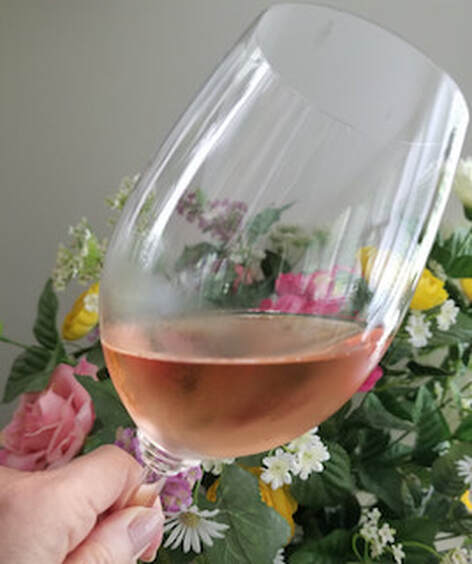
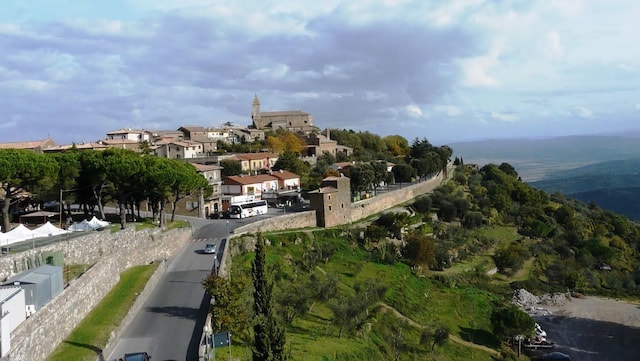
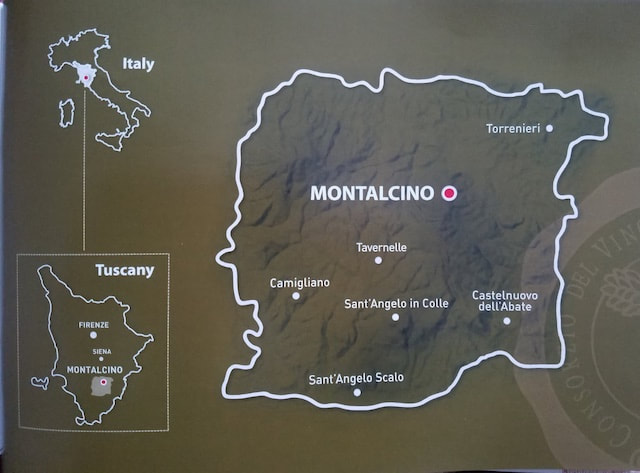
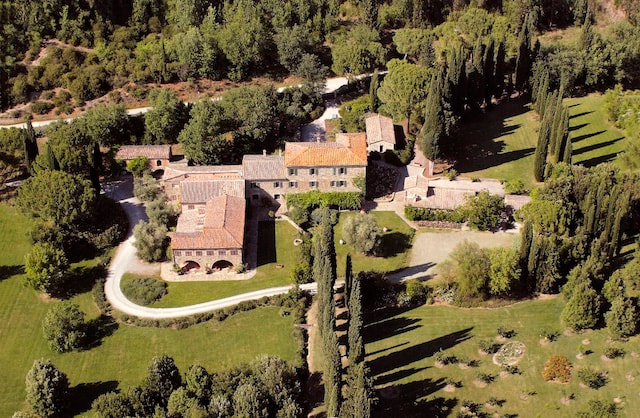
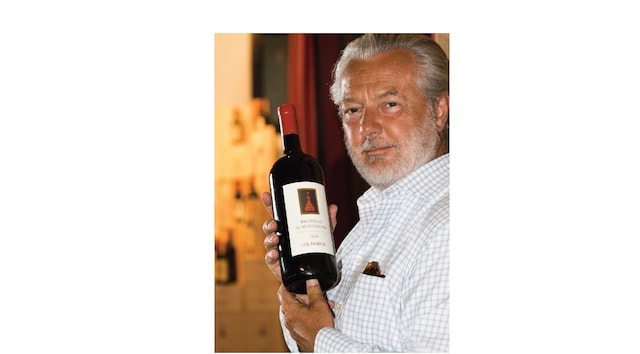
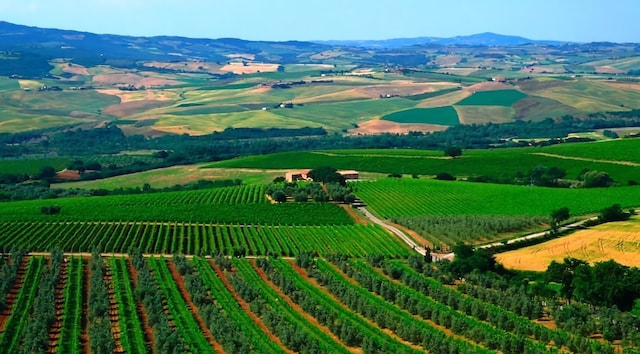
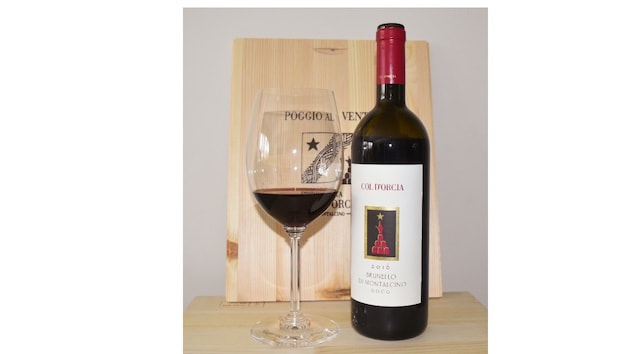
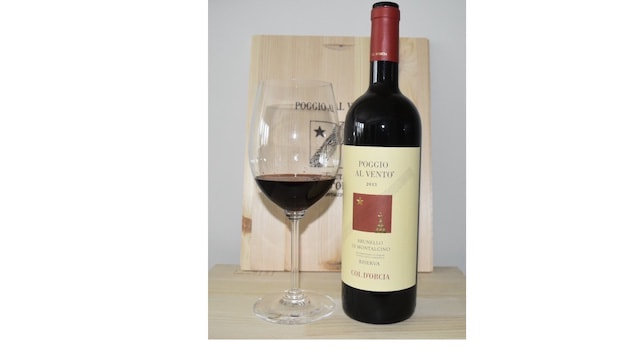
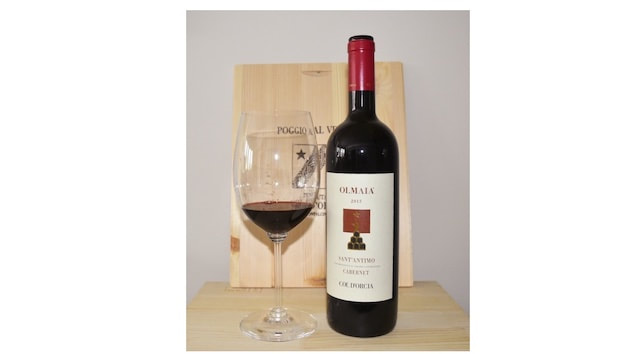
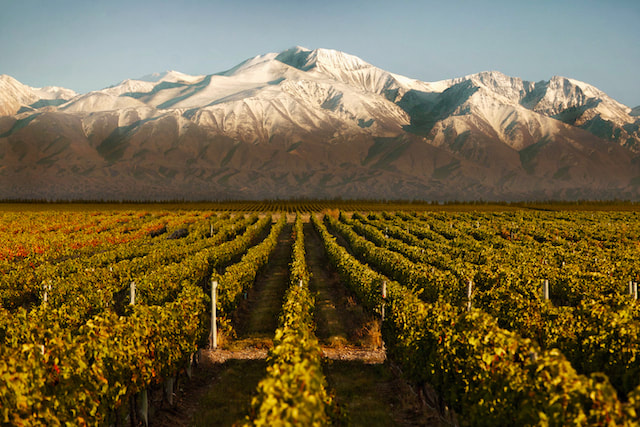
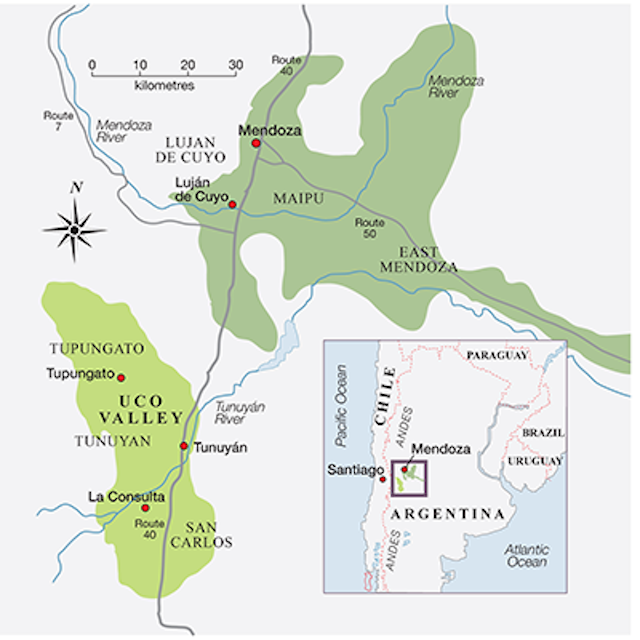
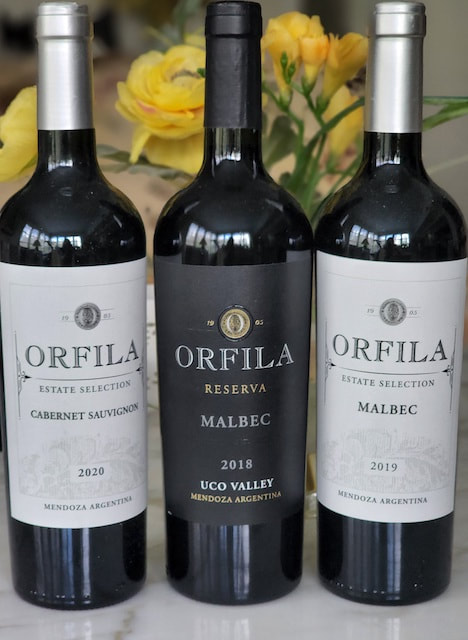
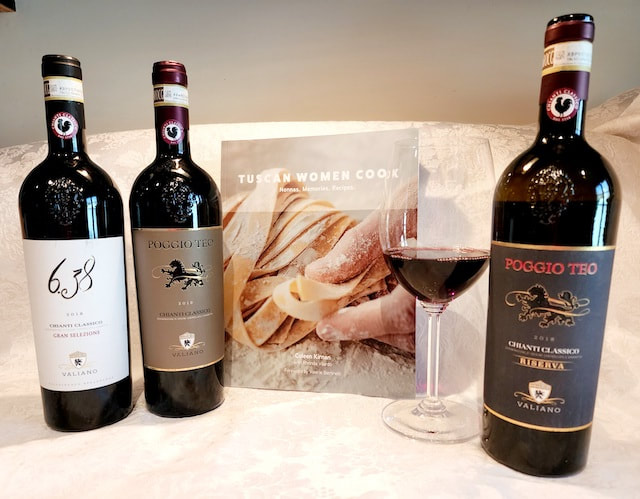
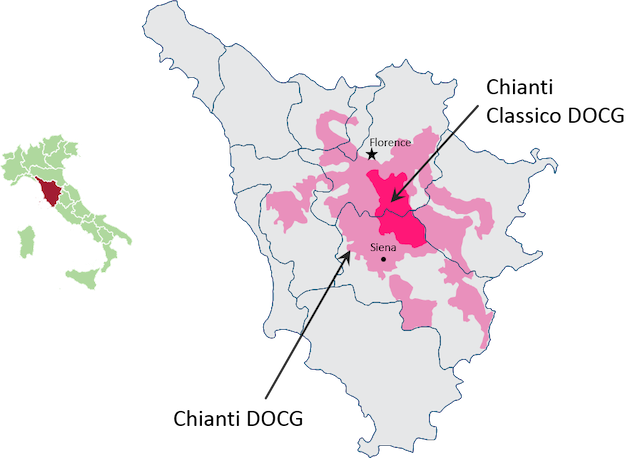
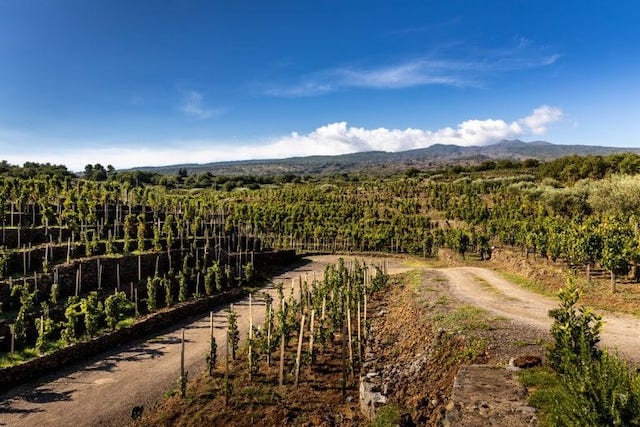
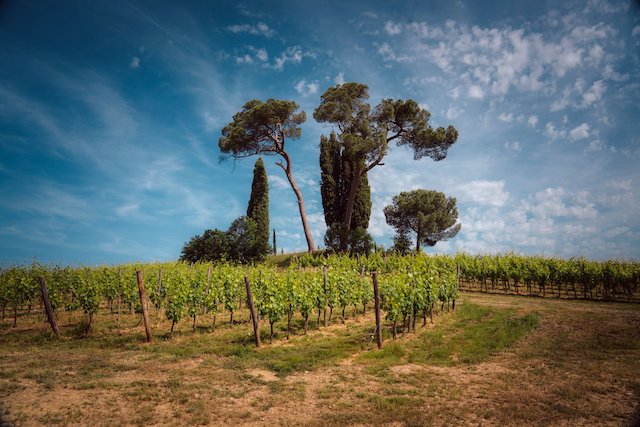
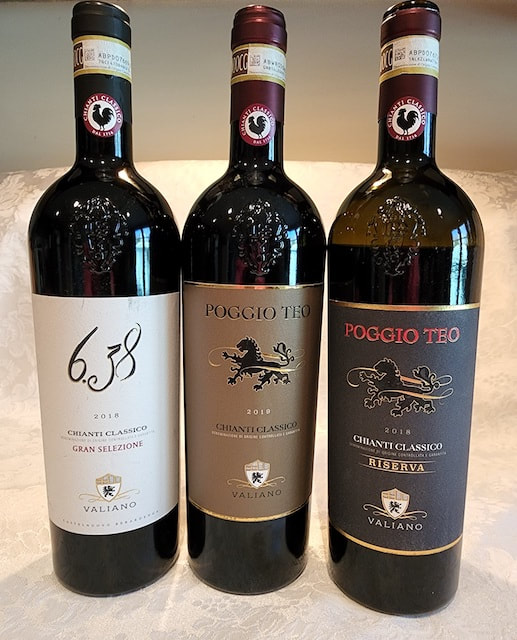
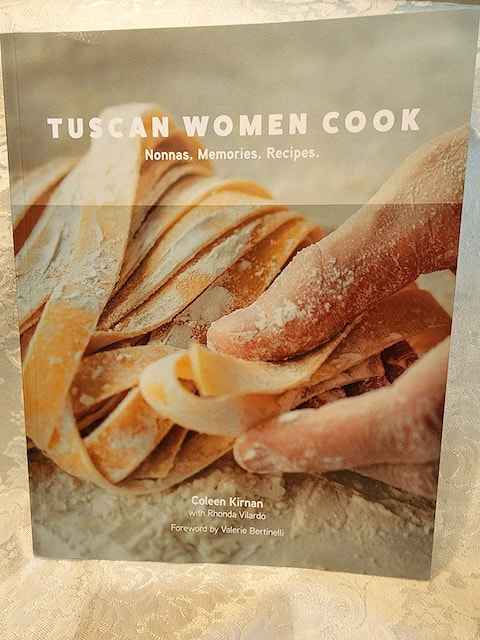
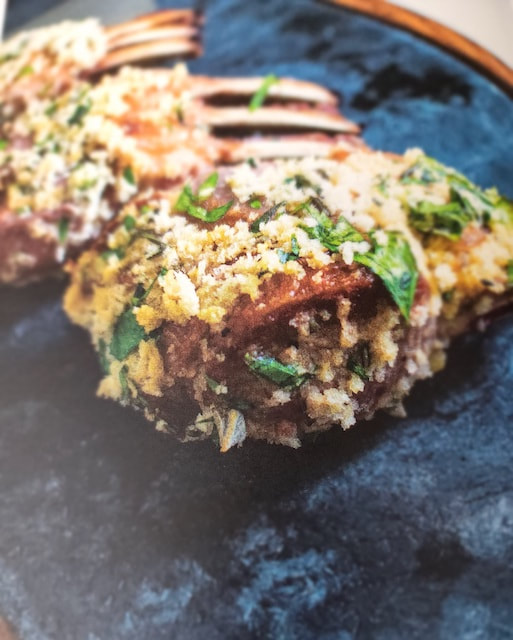
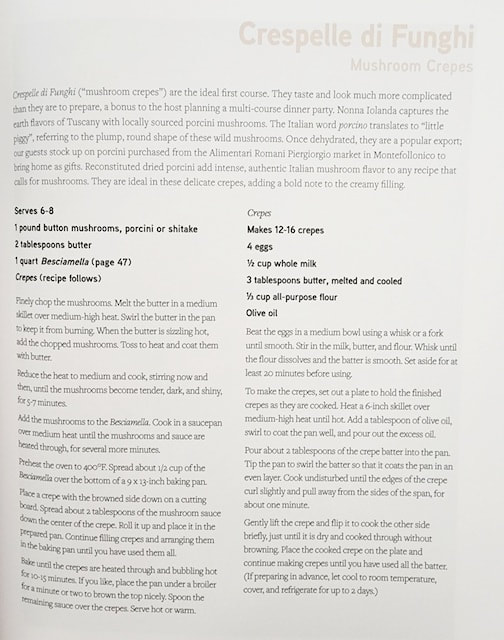
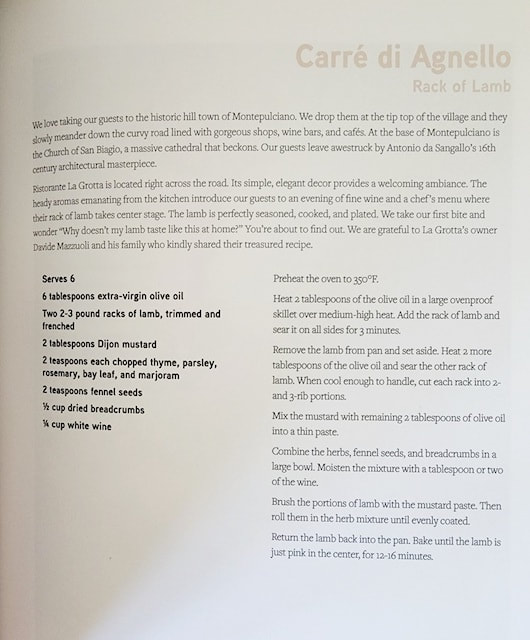
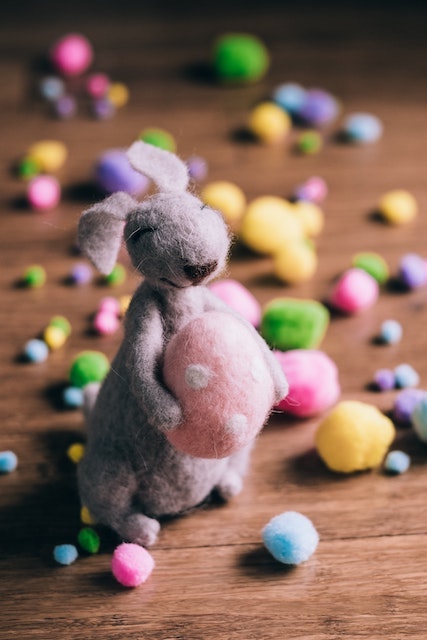
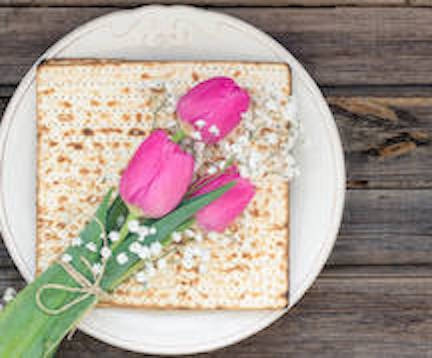
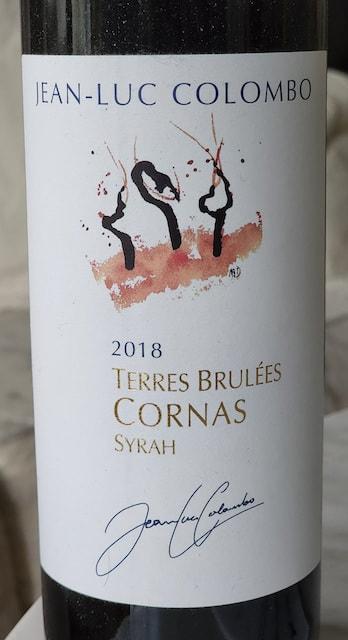
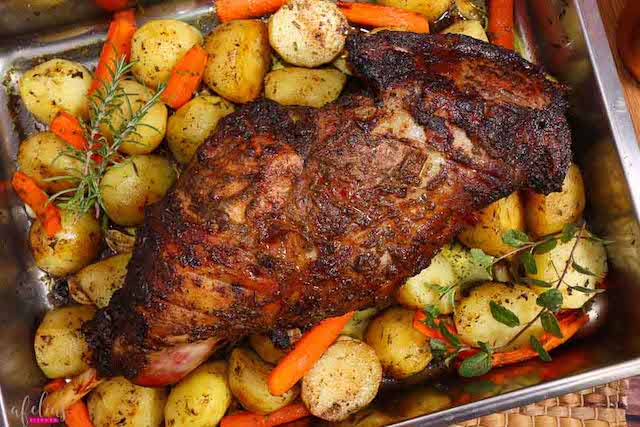
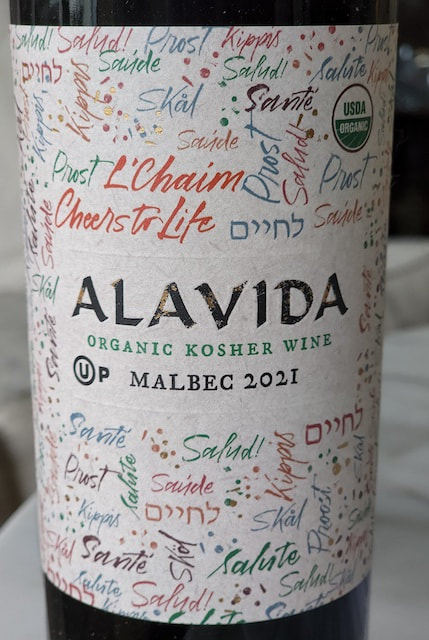
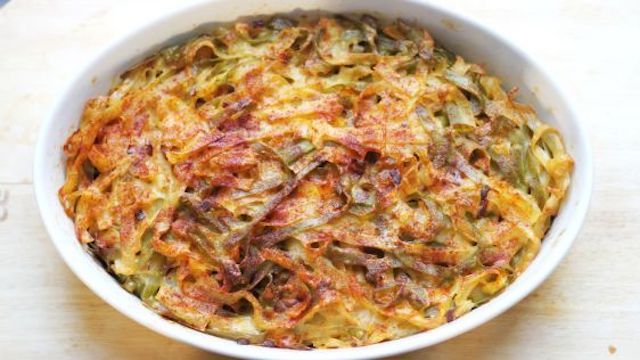
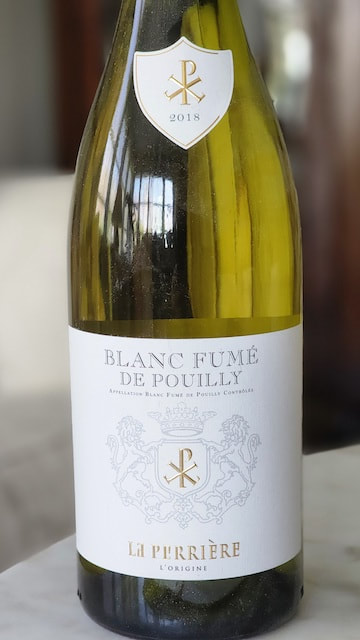
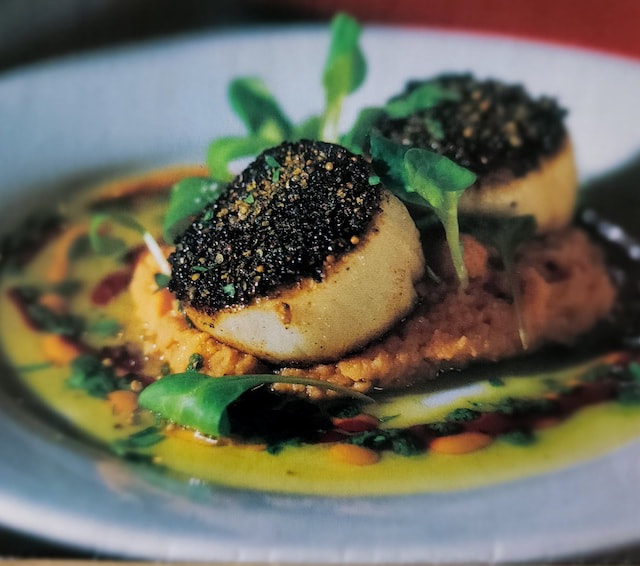
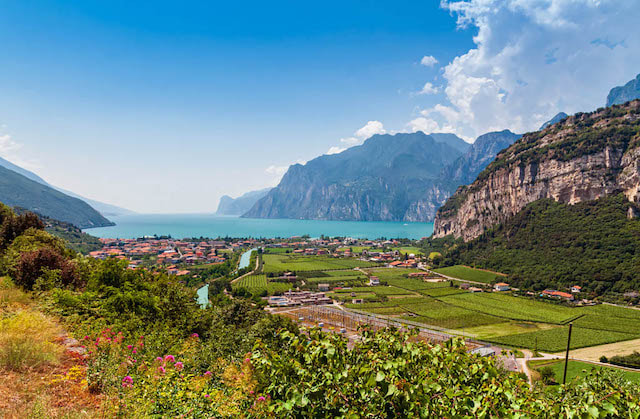
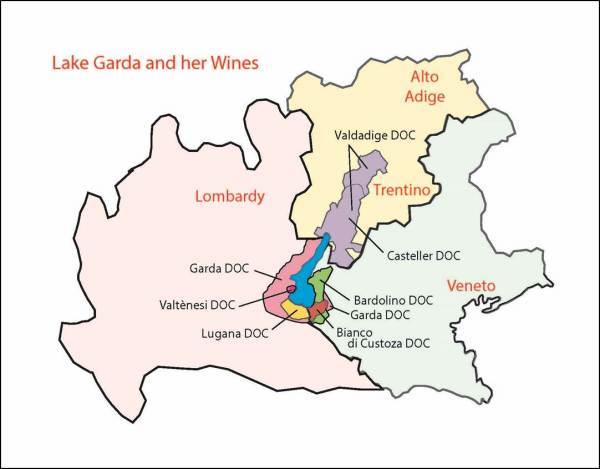
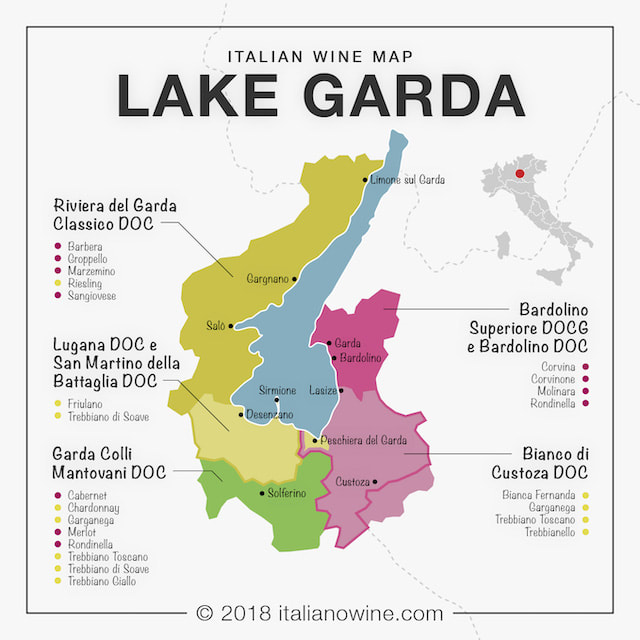
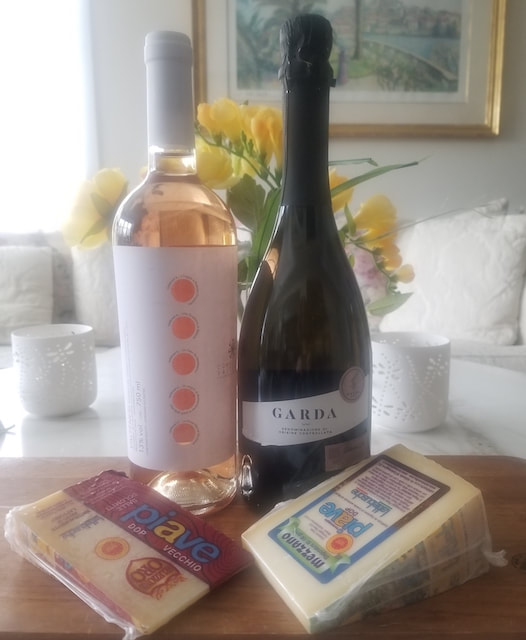
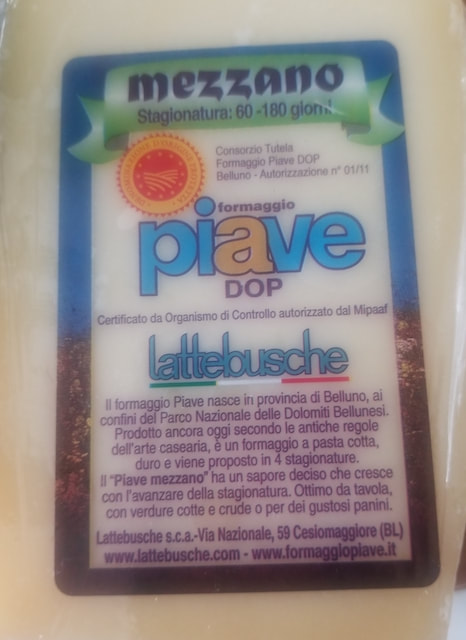
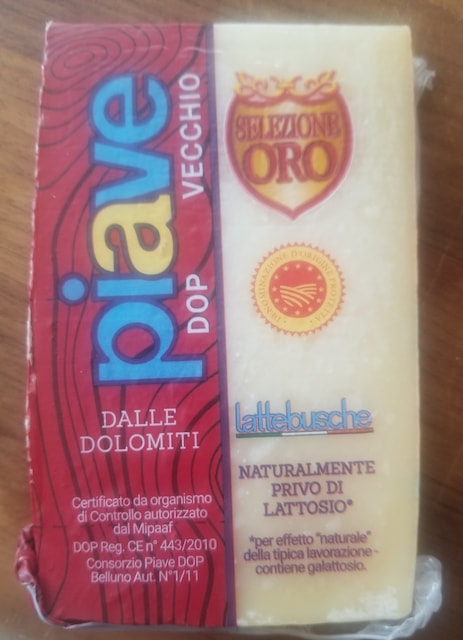
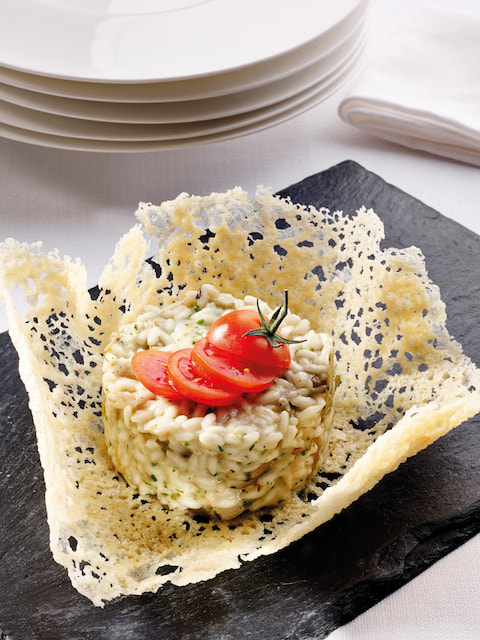

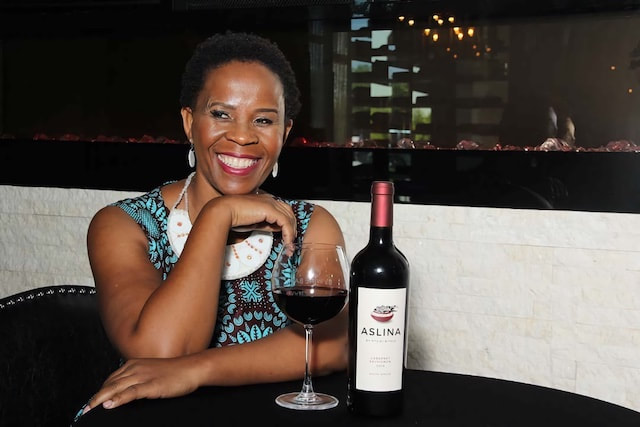
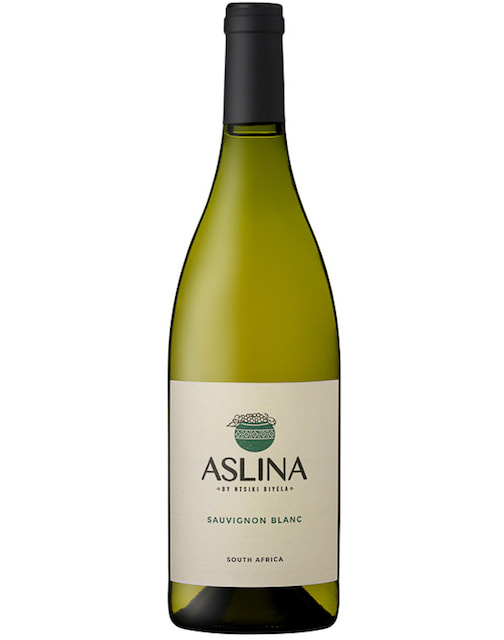
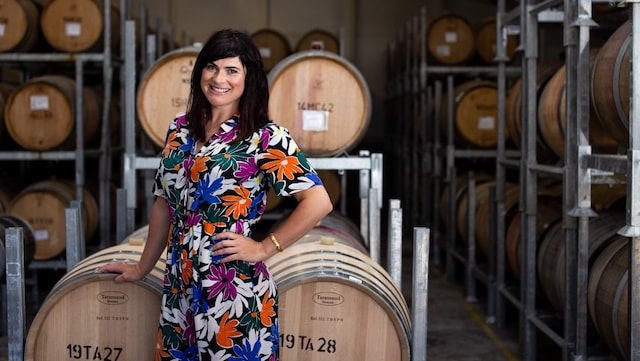
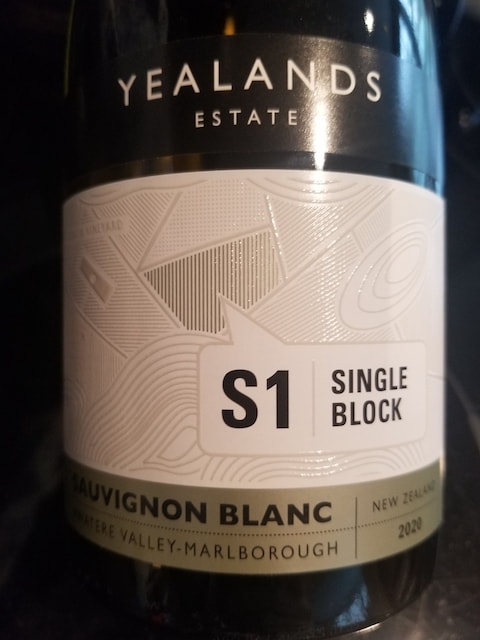
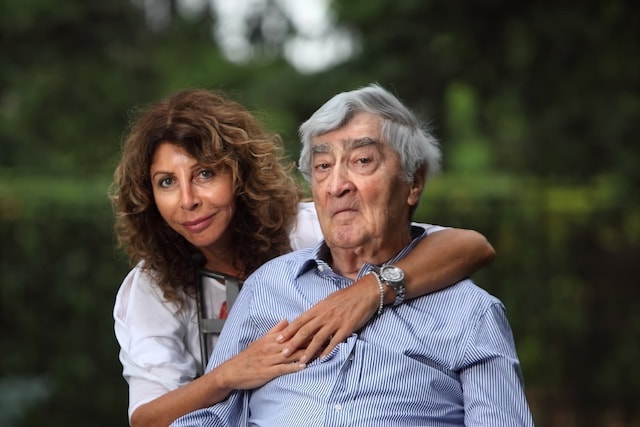
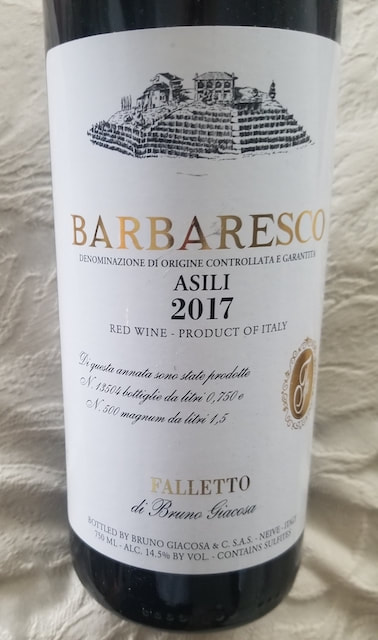

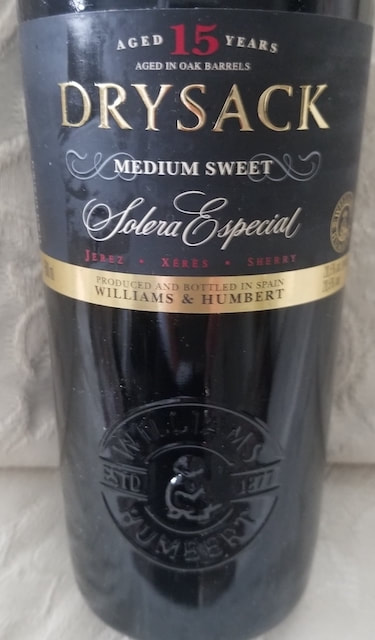

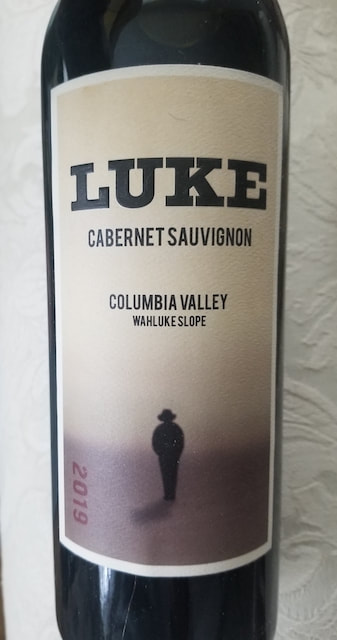
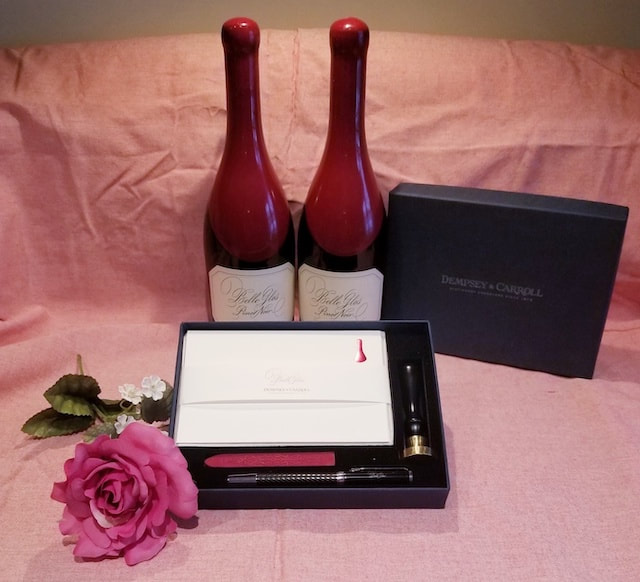
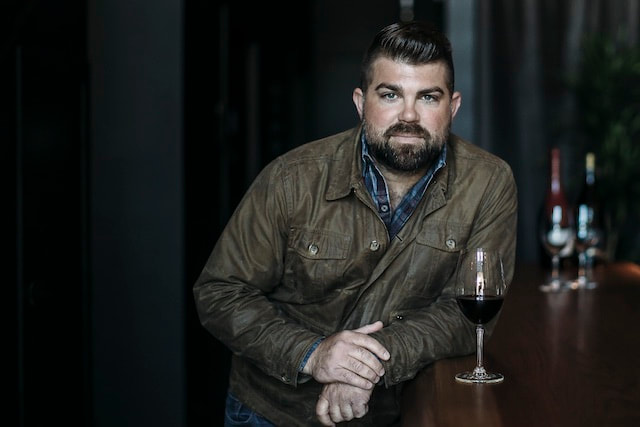
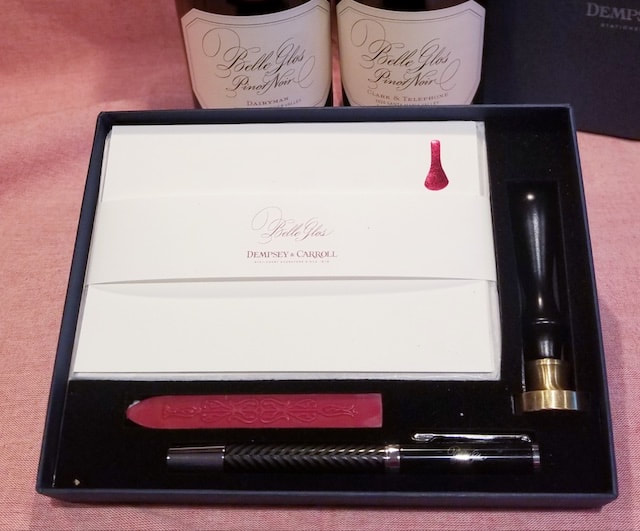
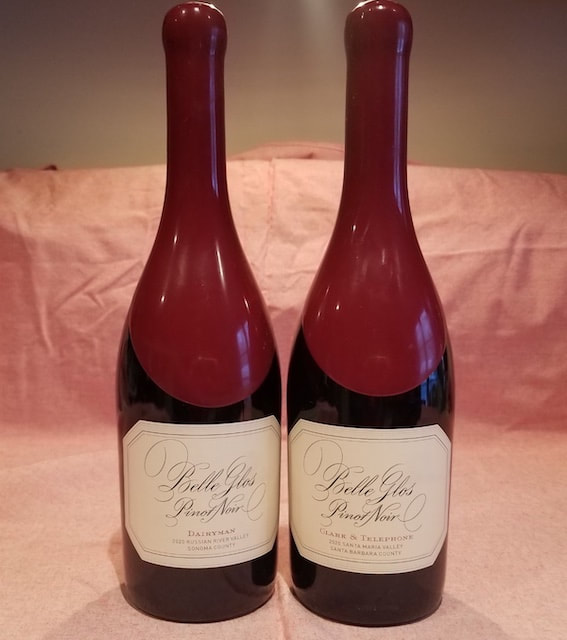
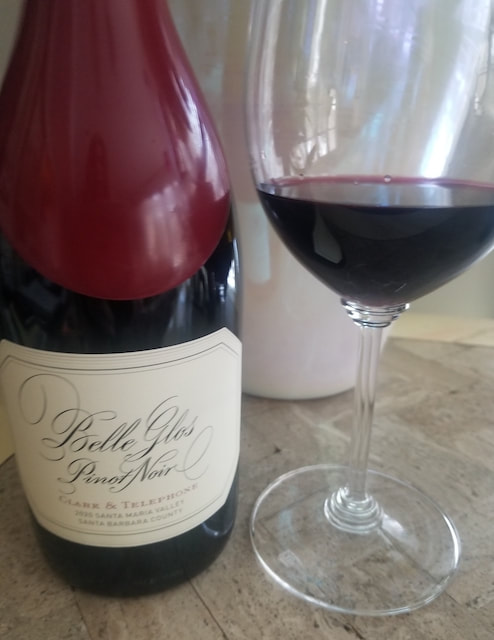
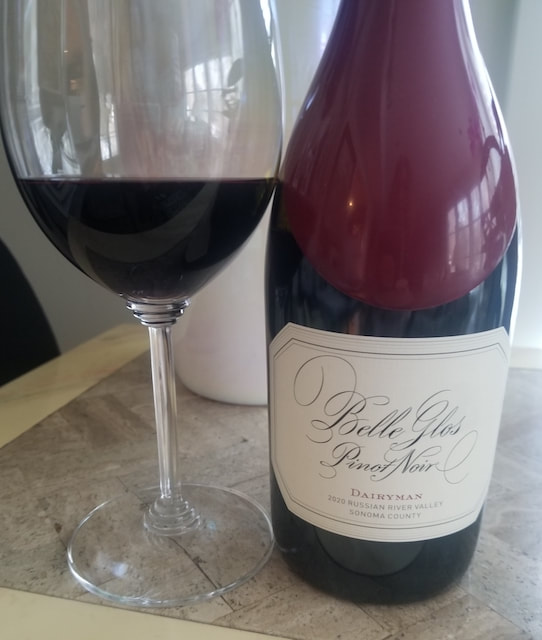
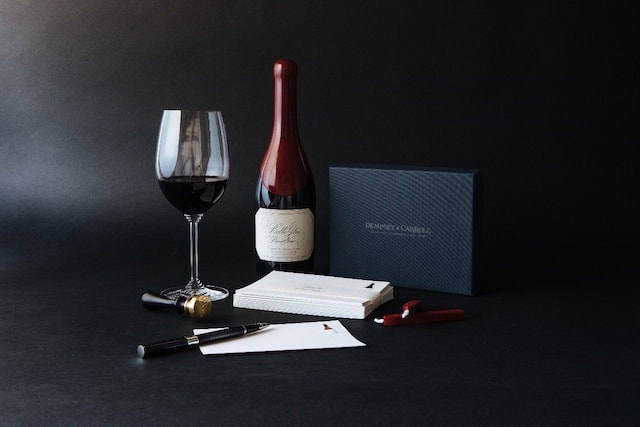
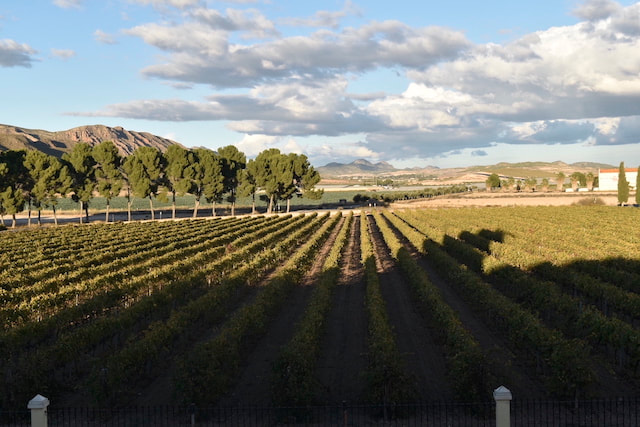
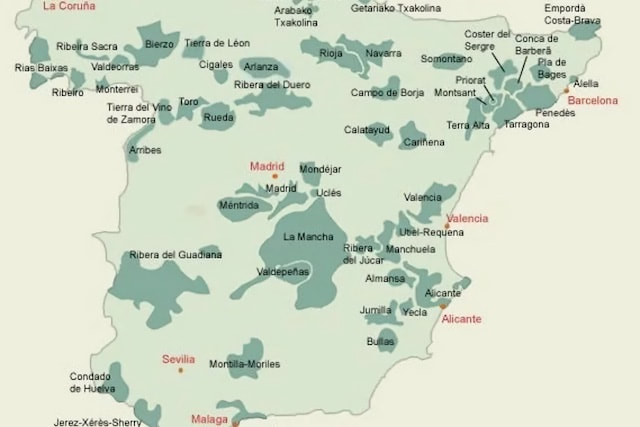
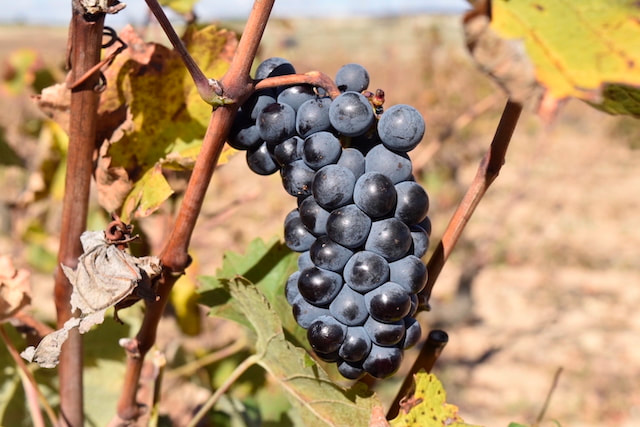
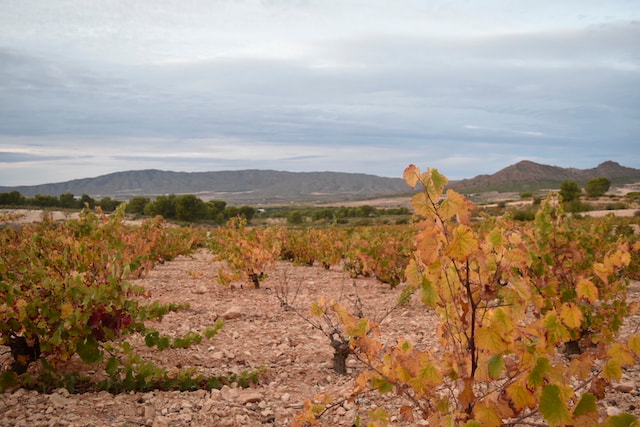
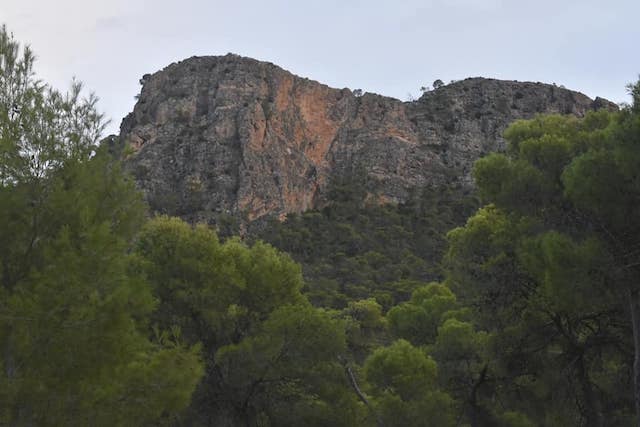
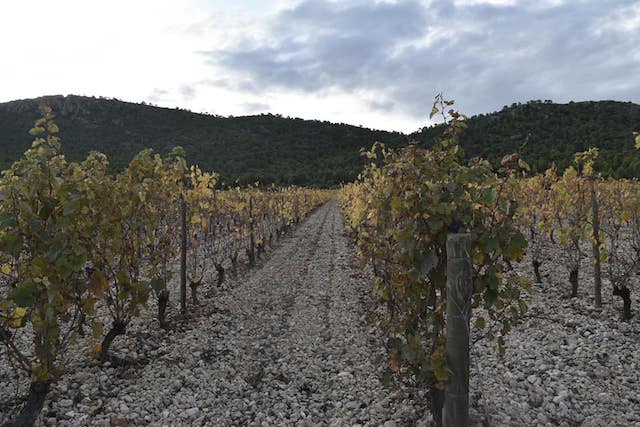
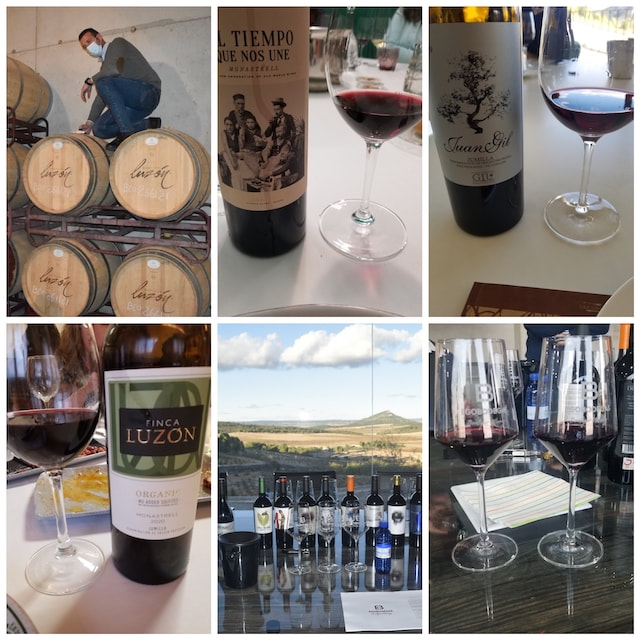
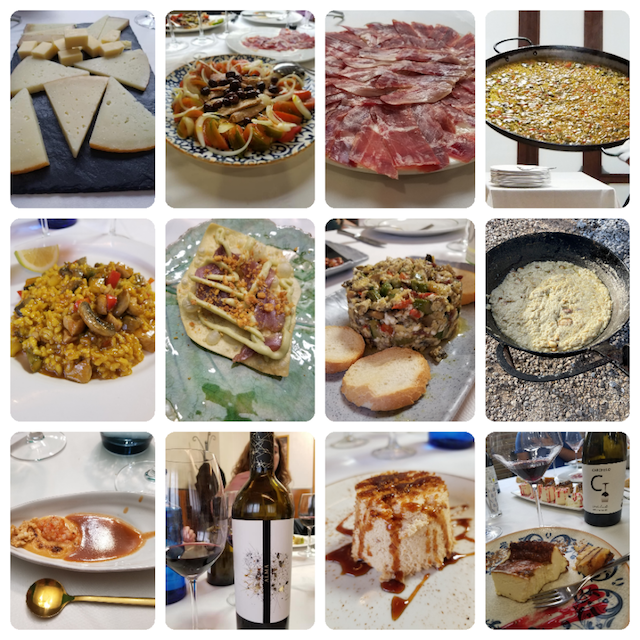
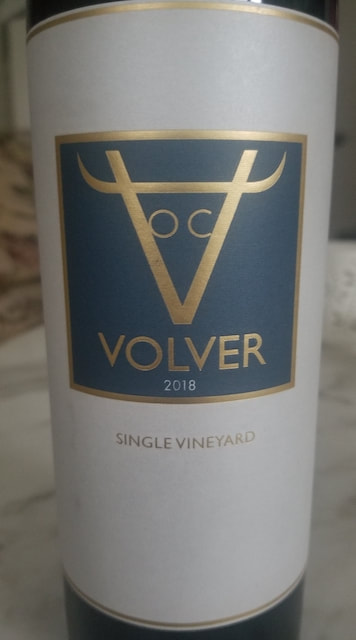
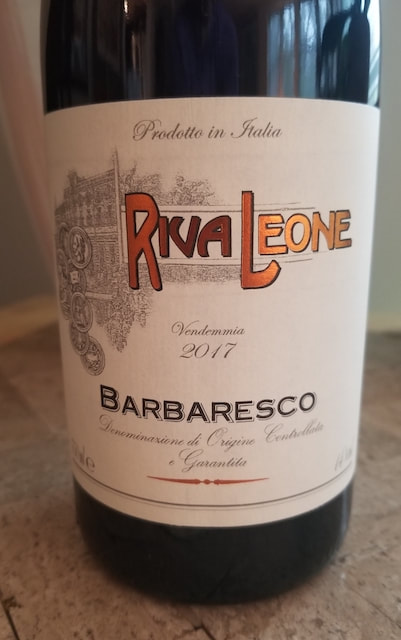
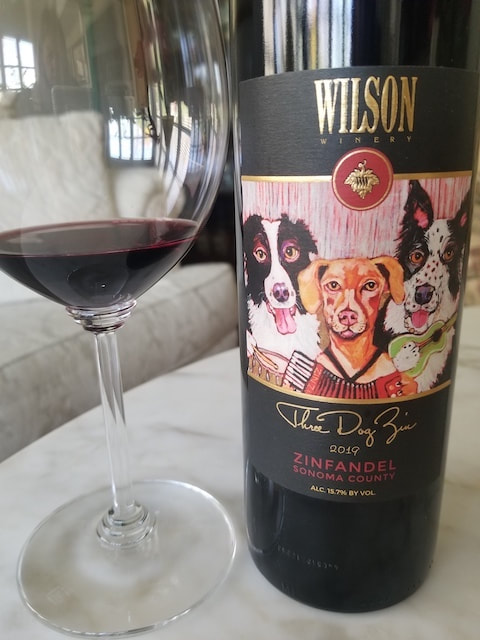
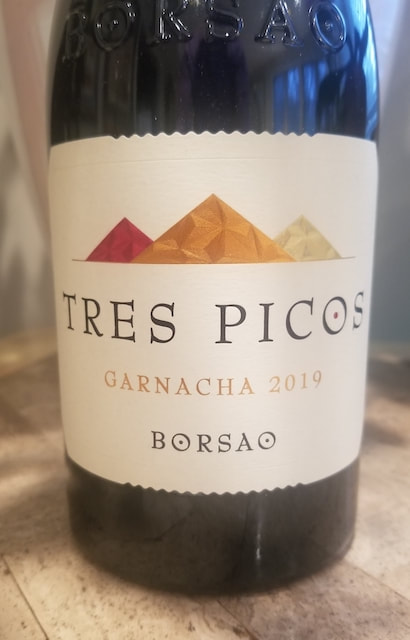
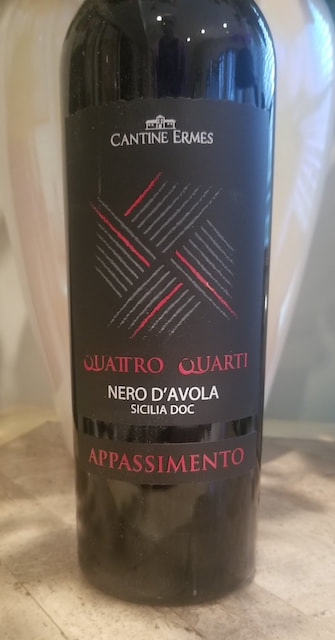
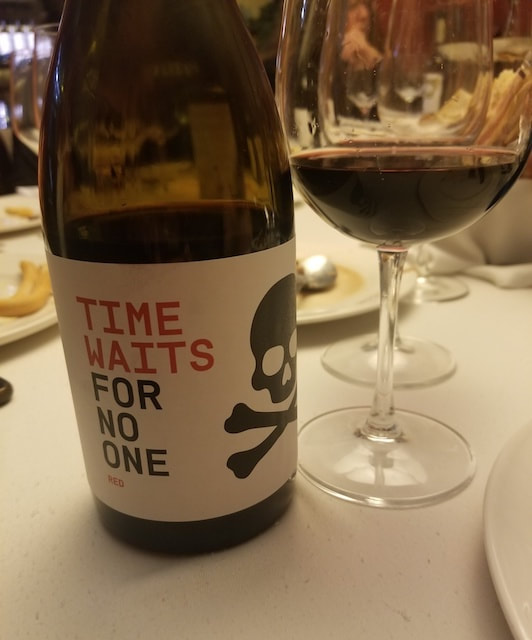
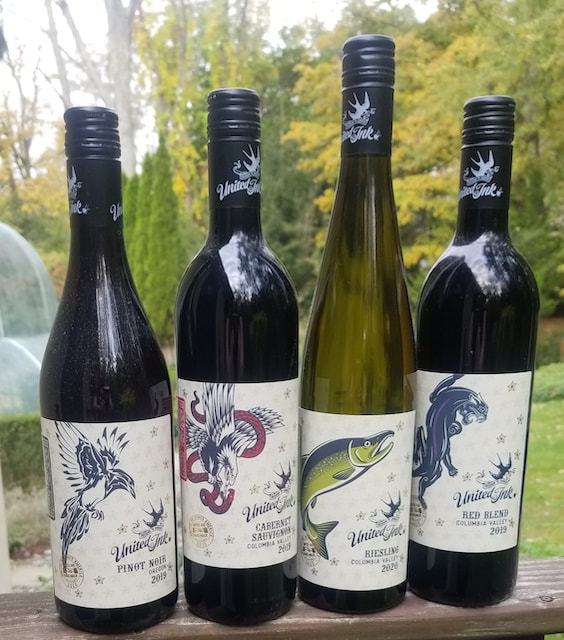
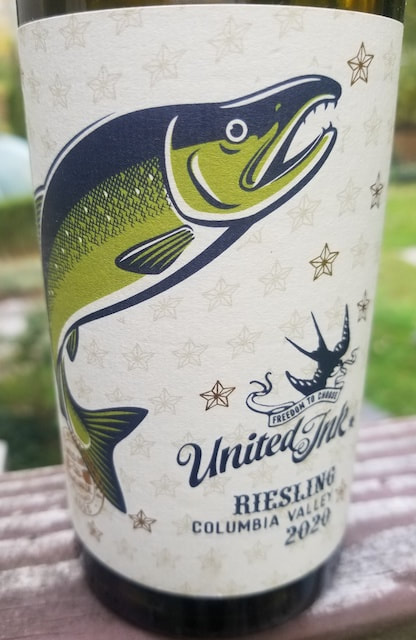
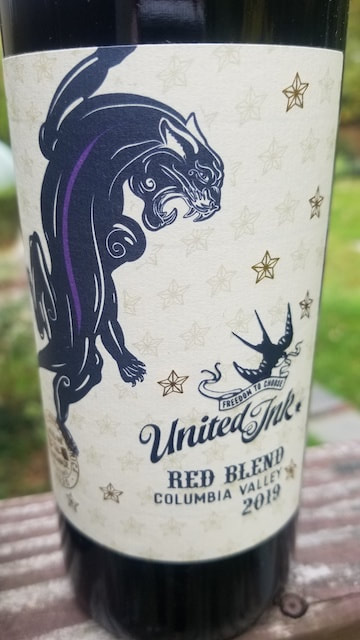
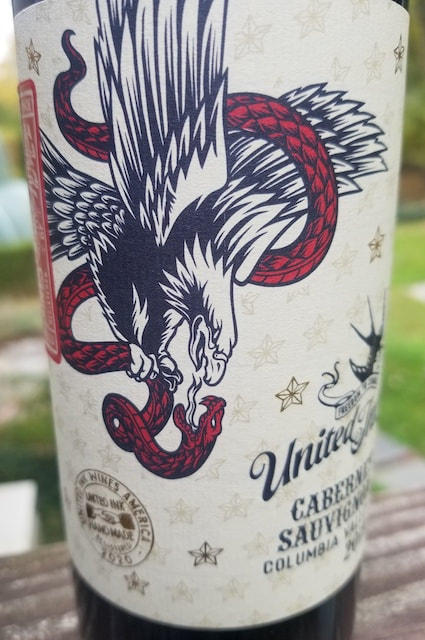
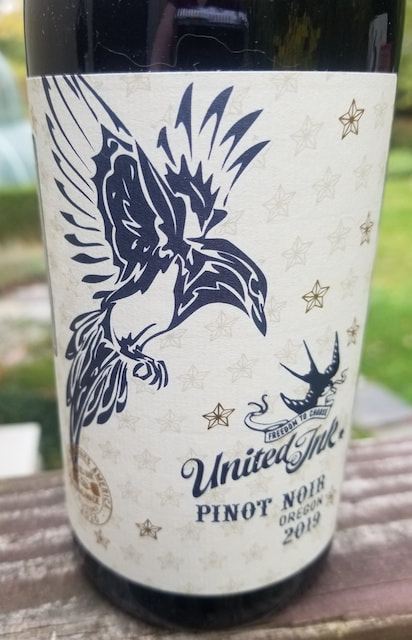
 RSS Feed
RSS Feed